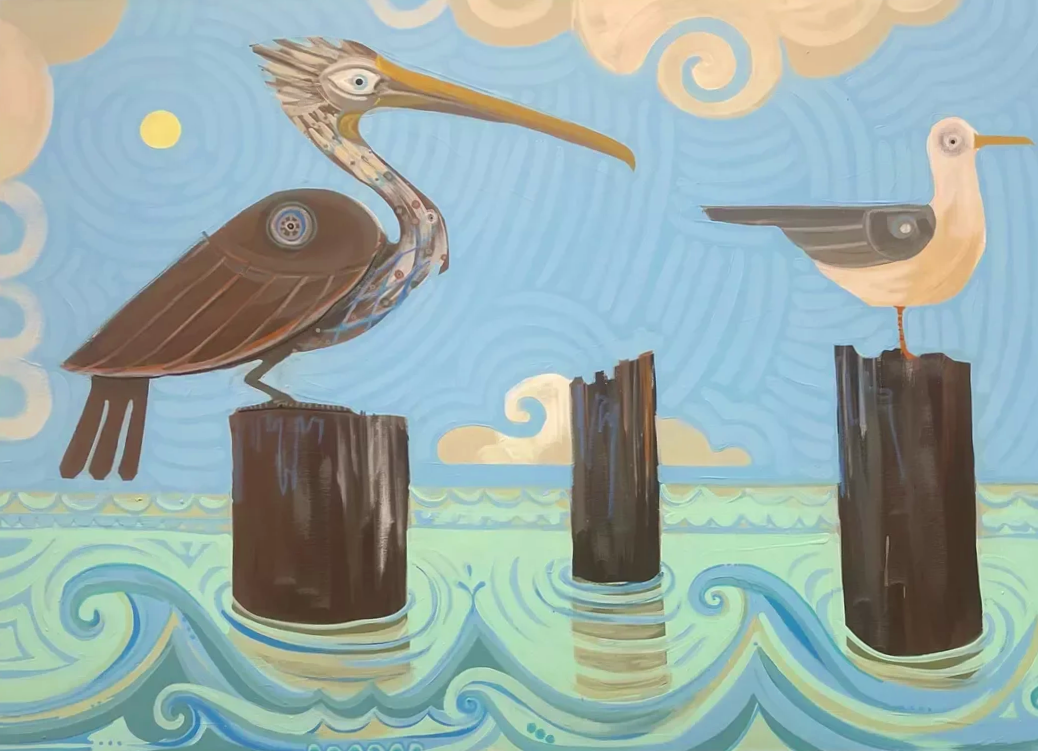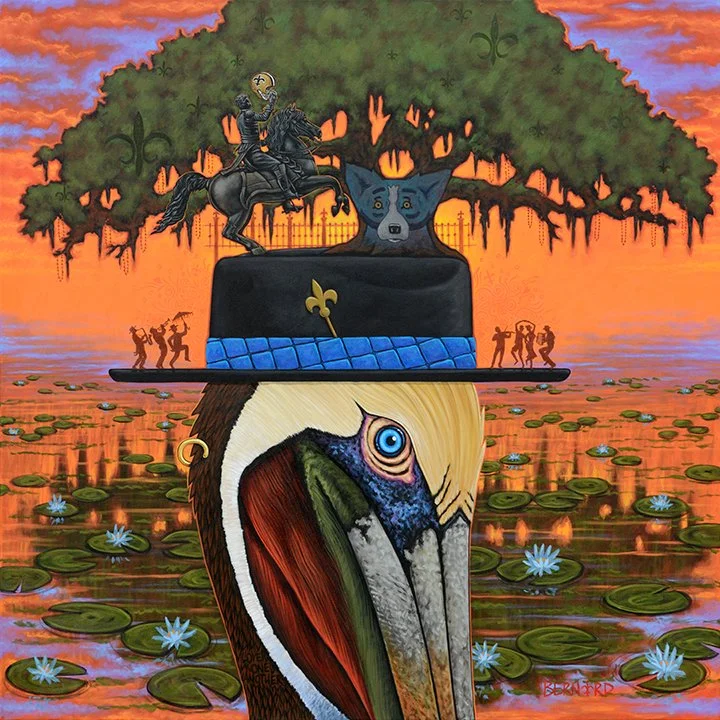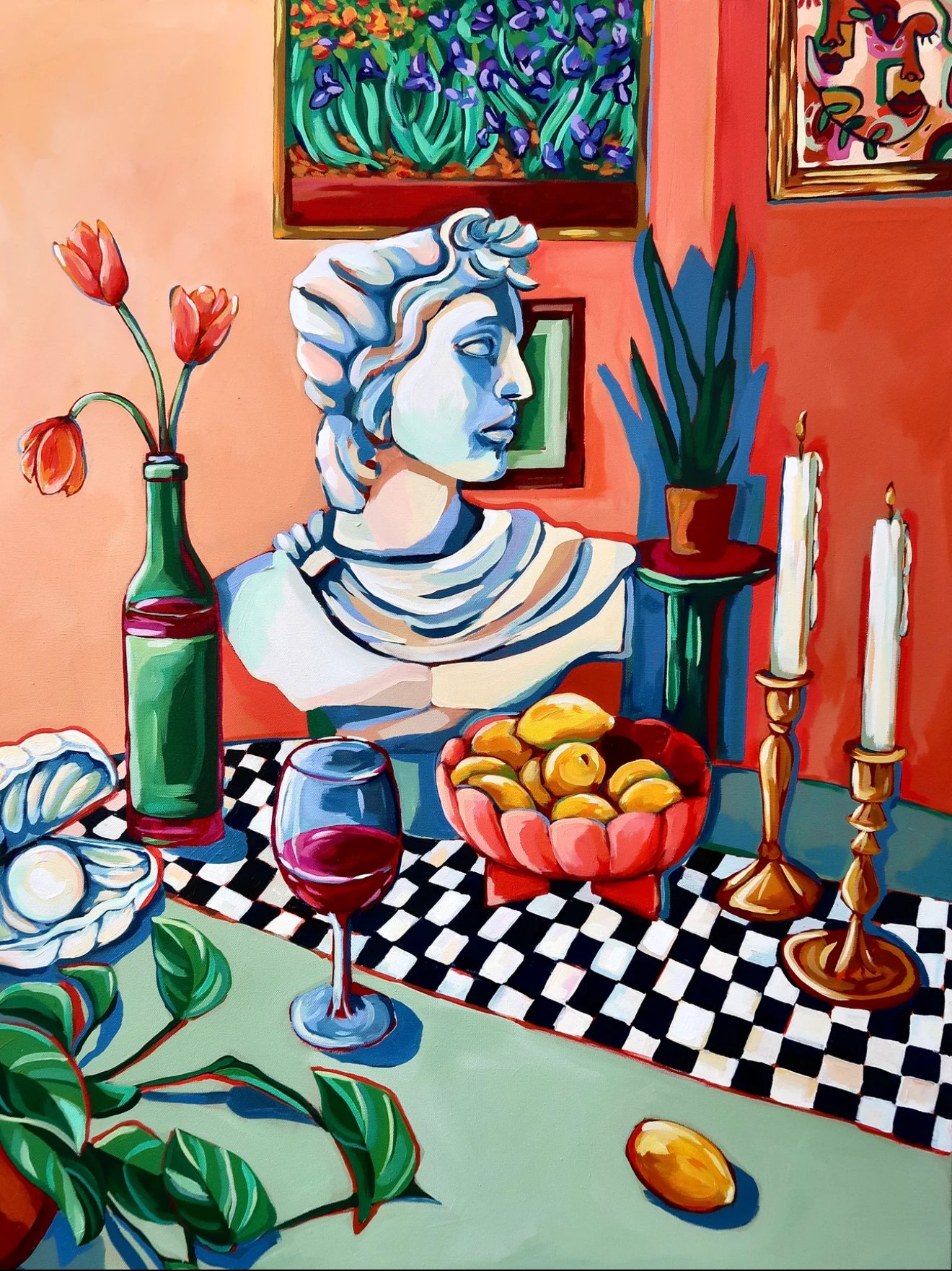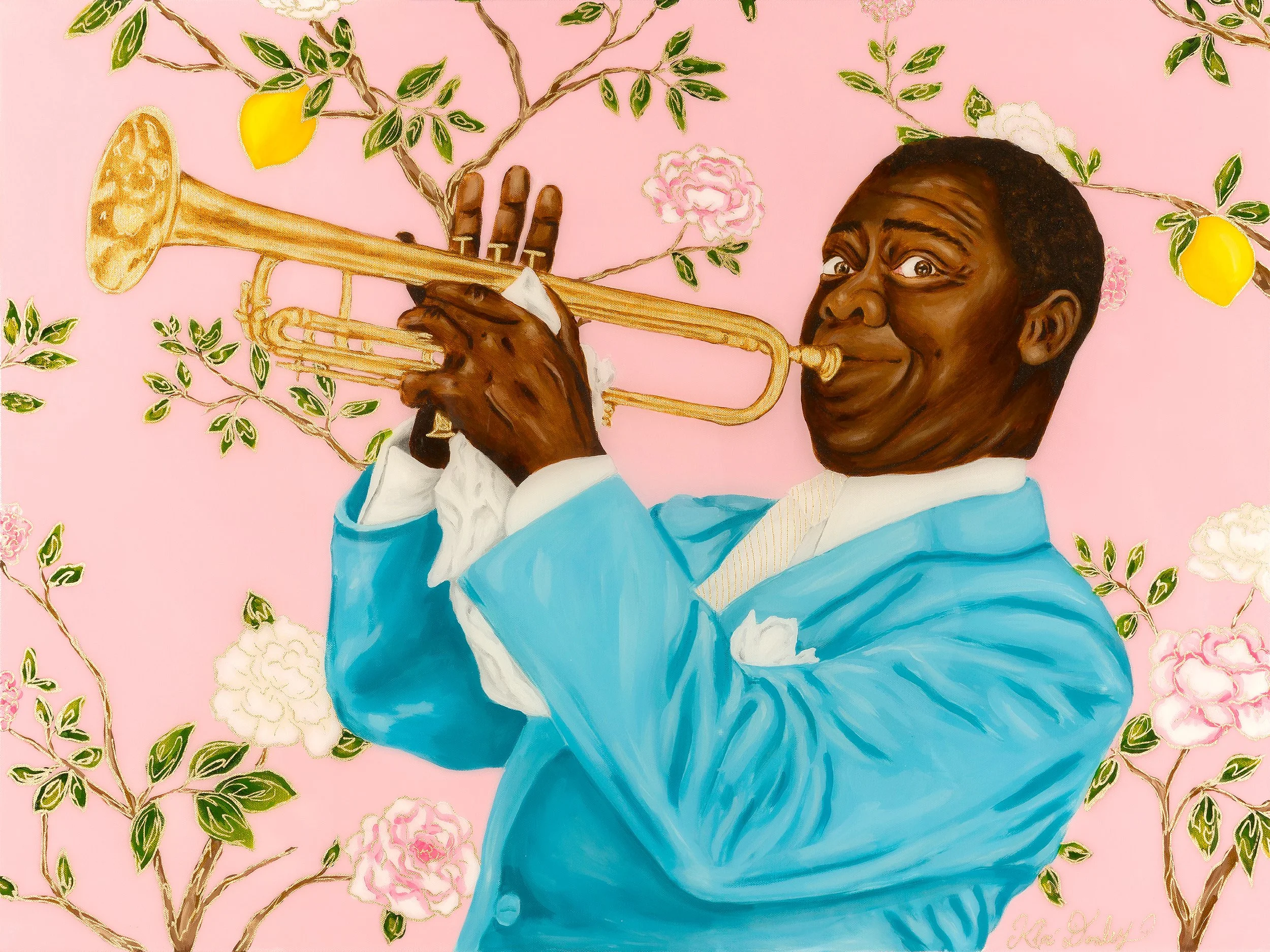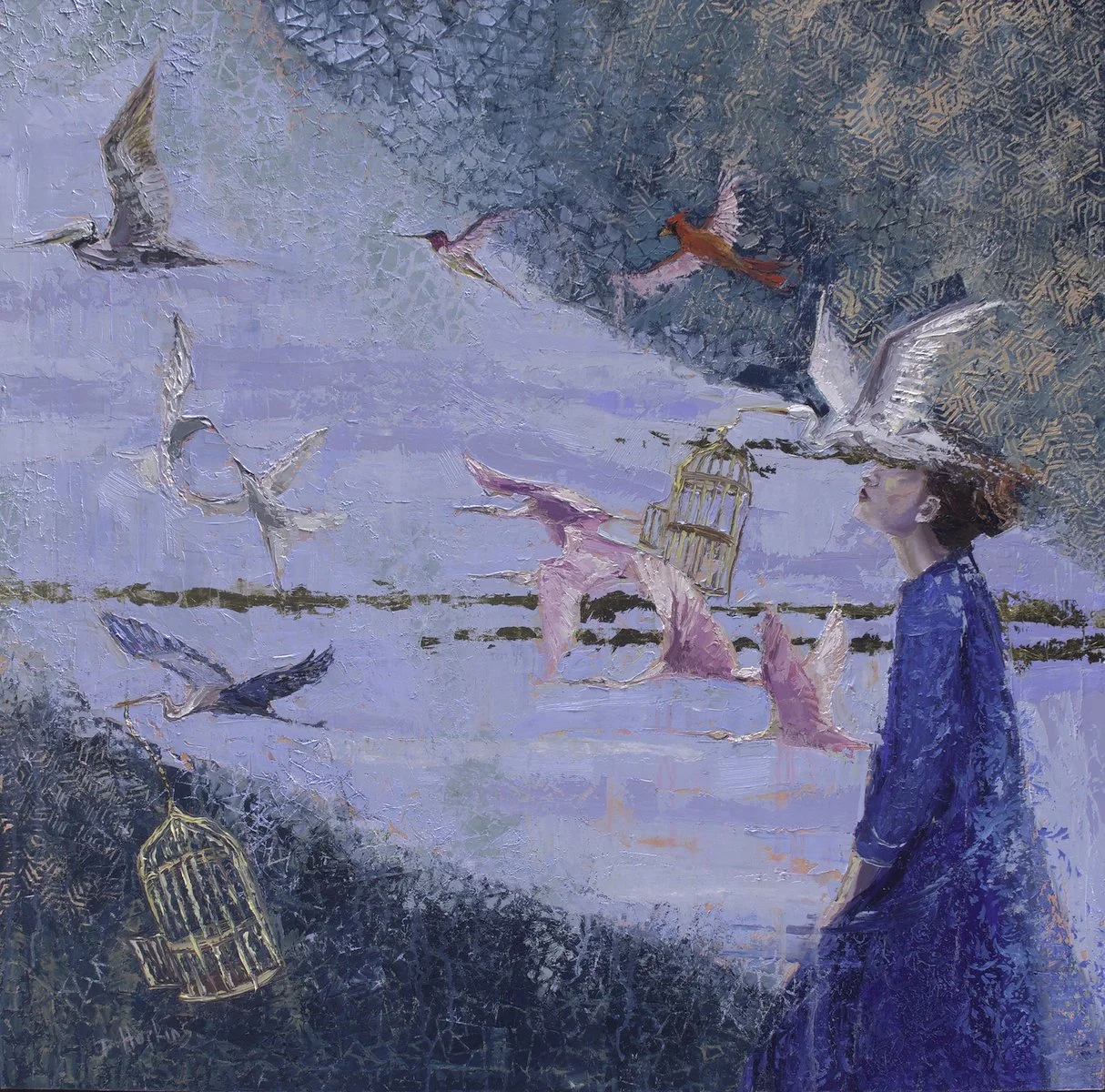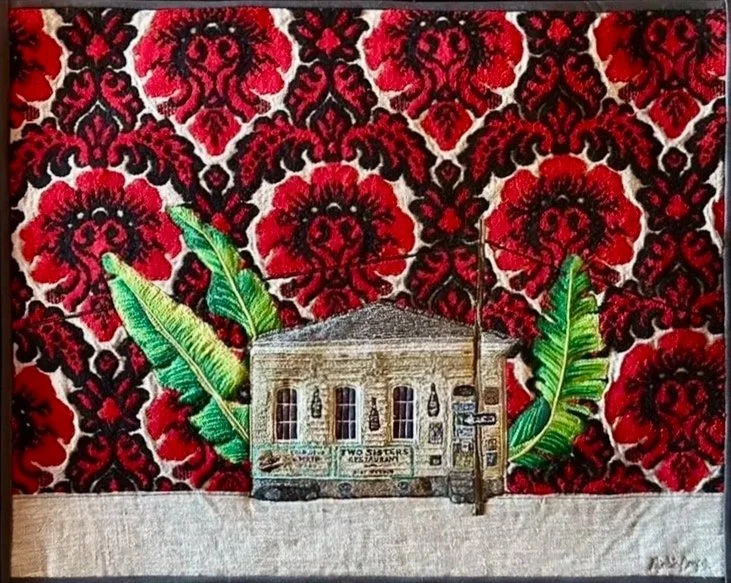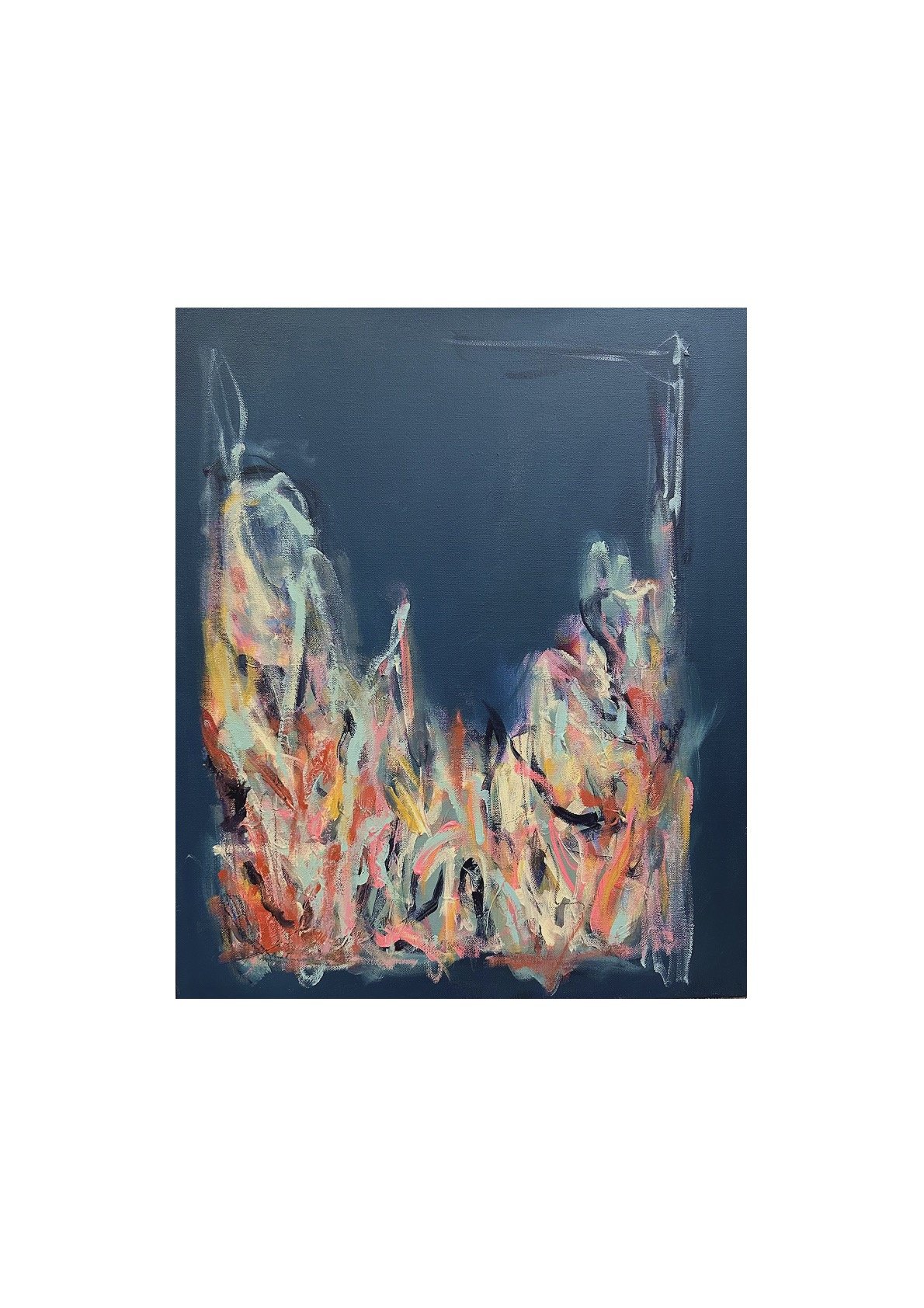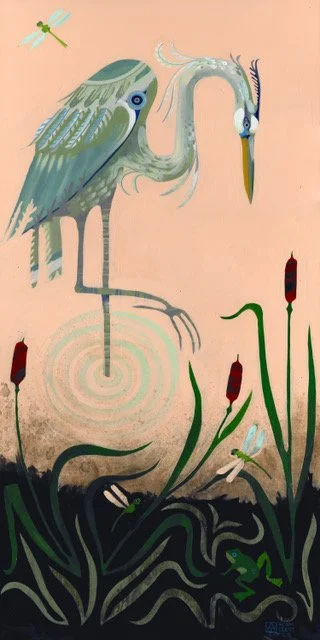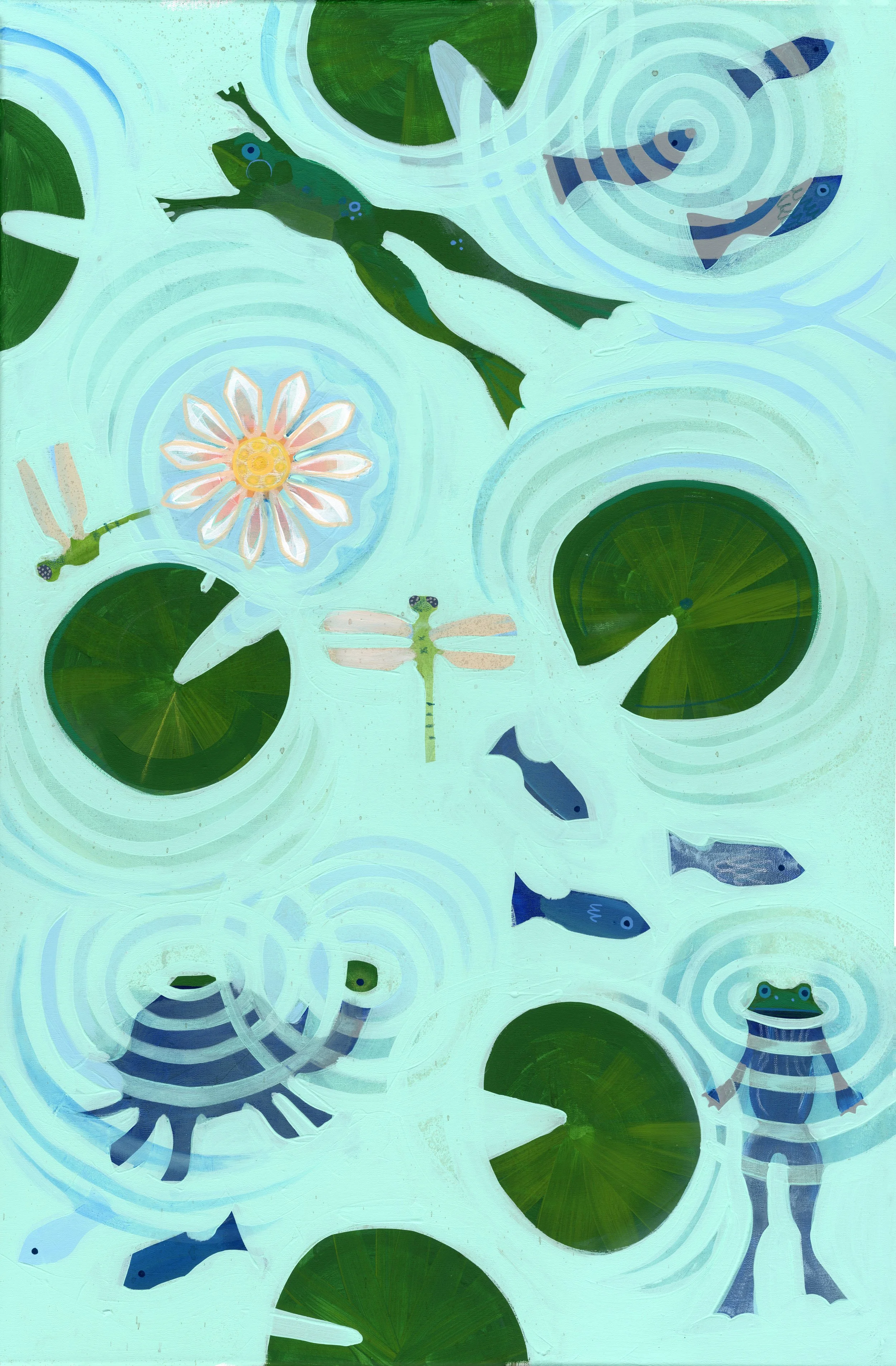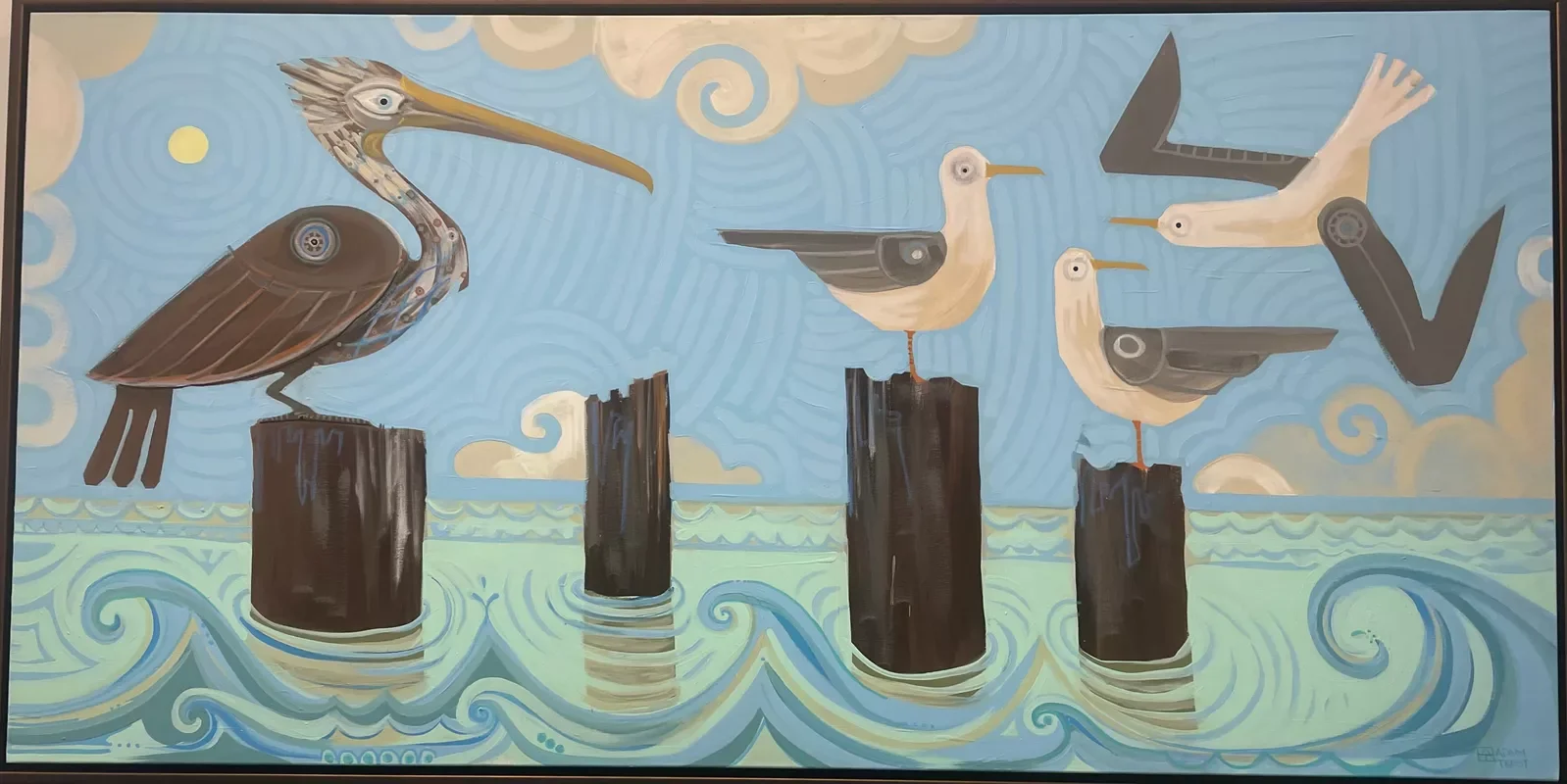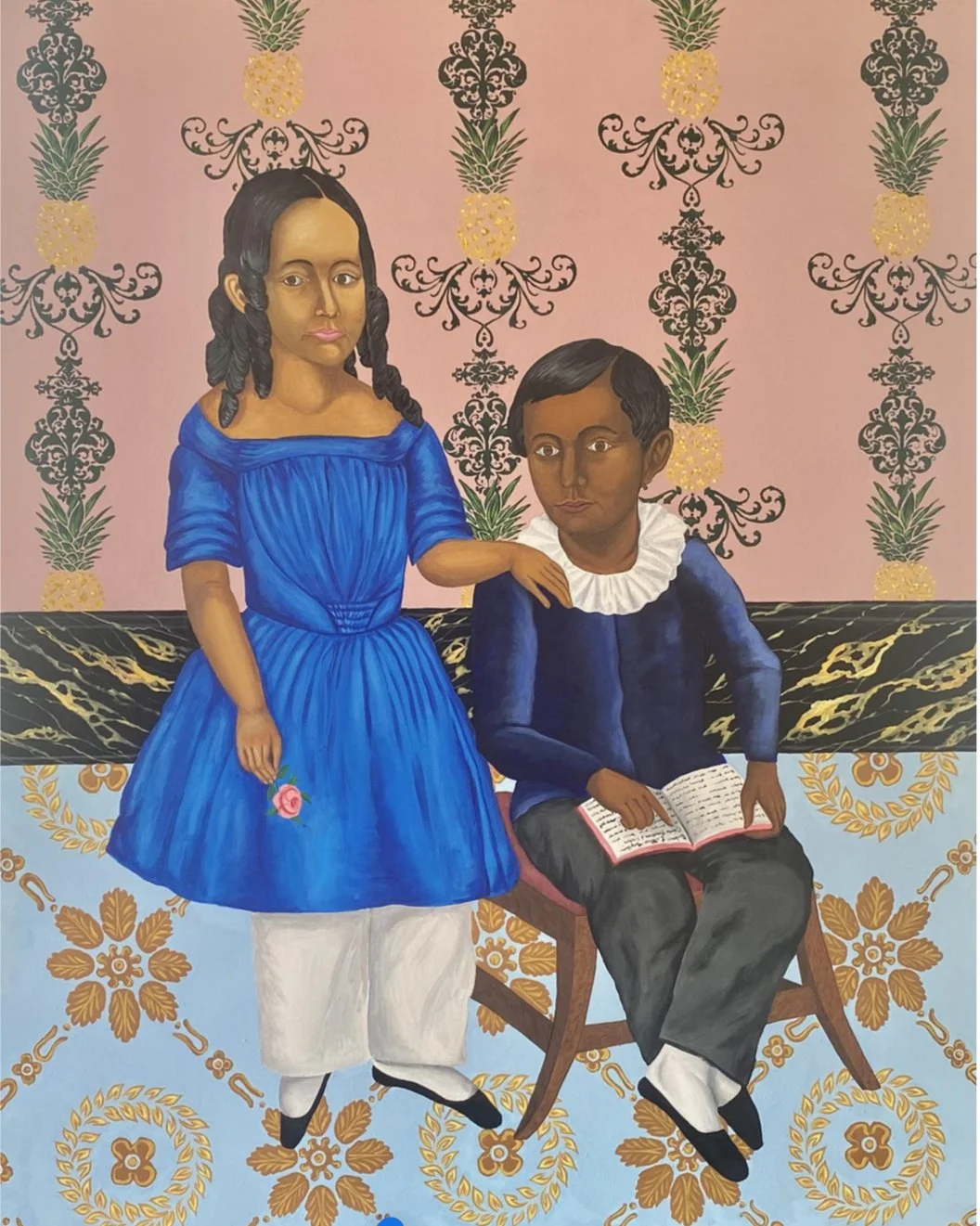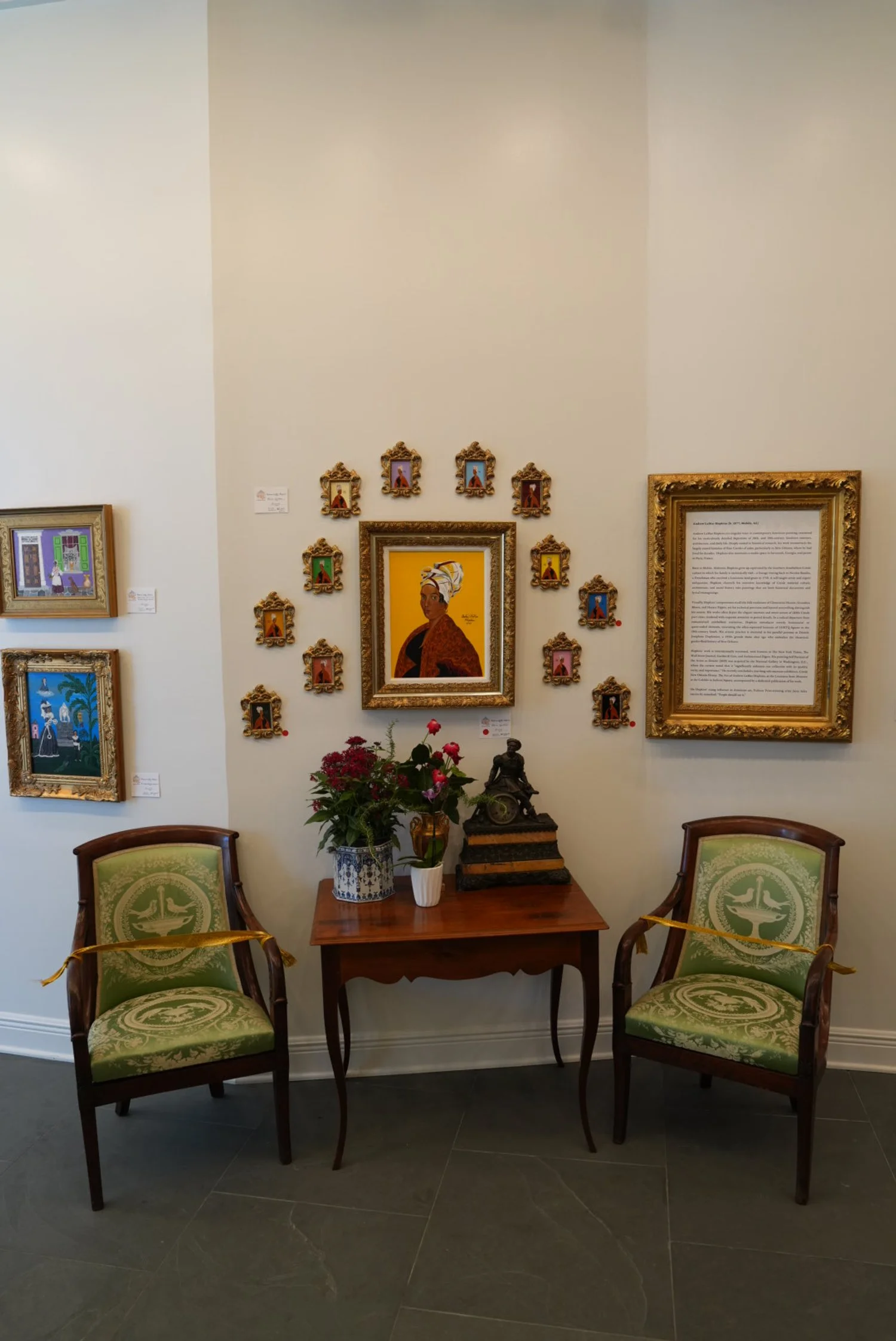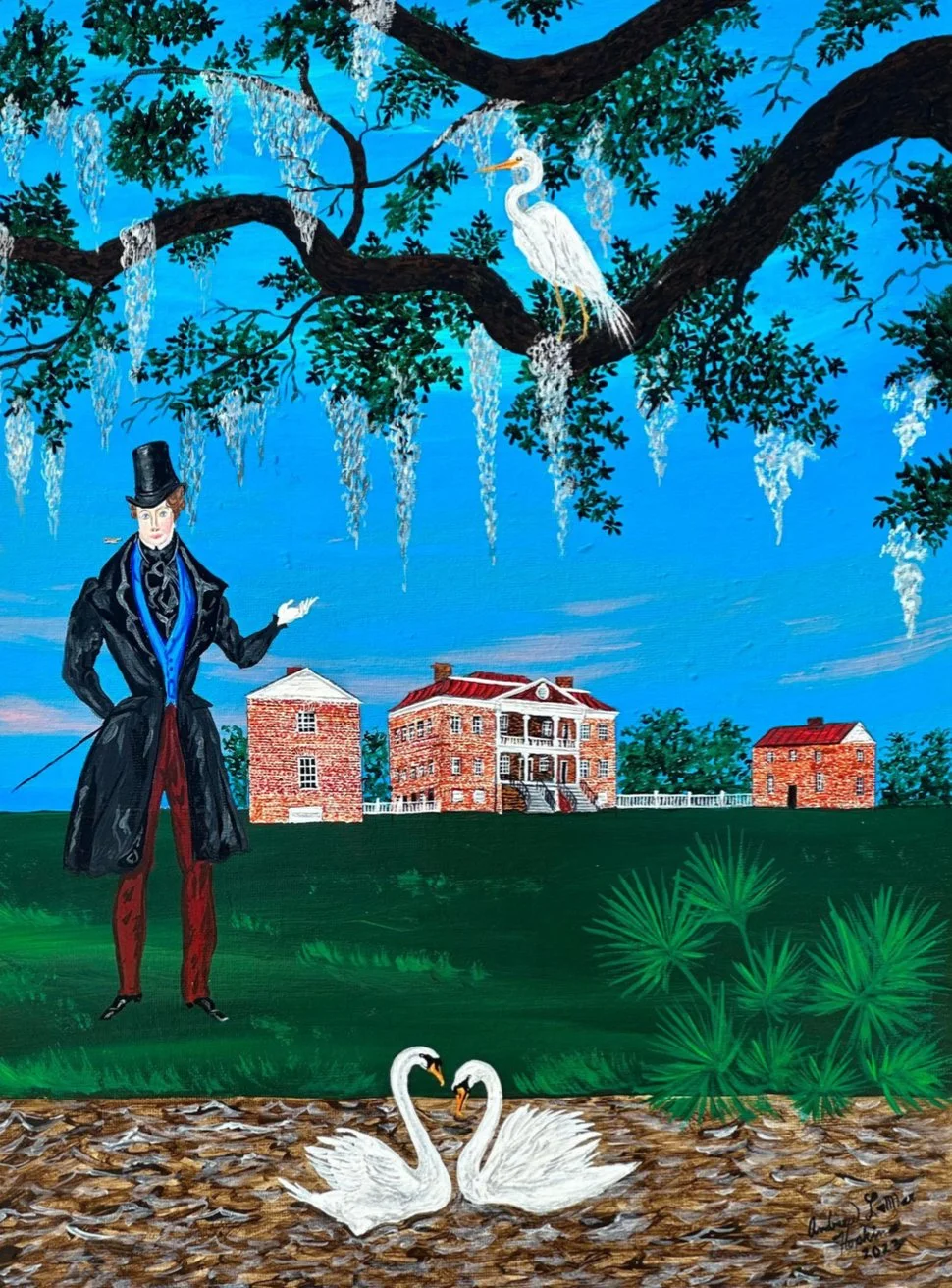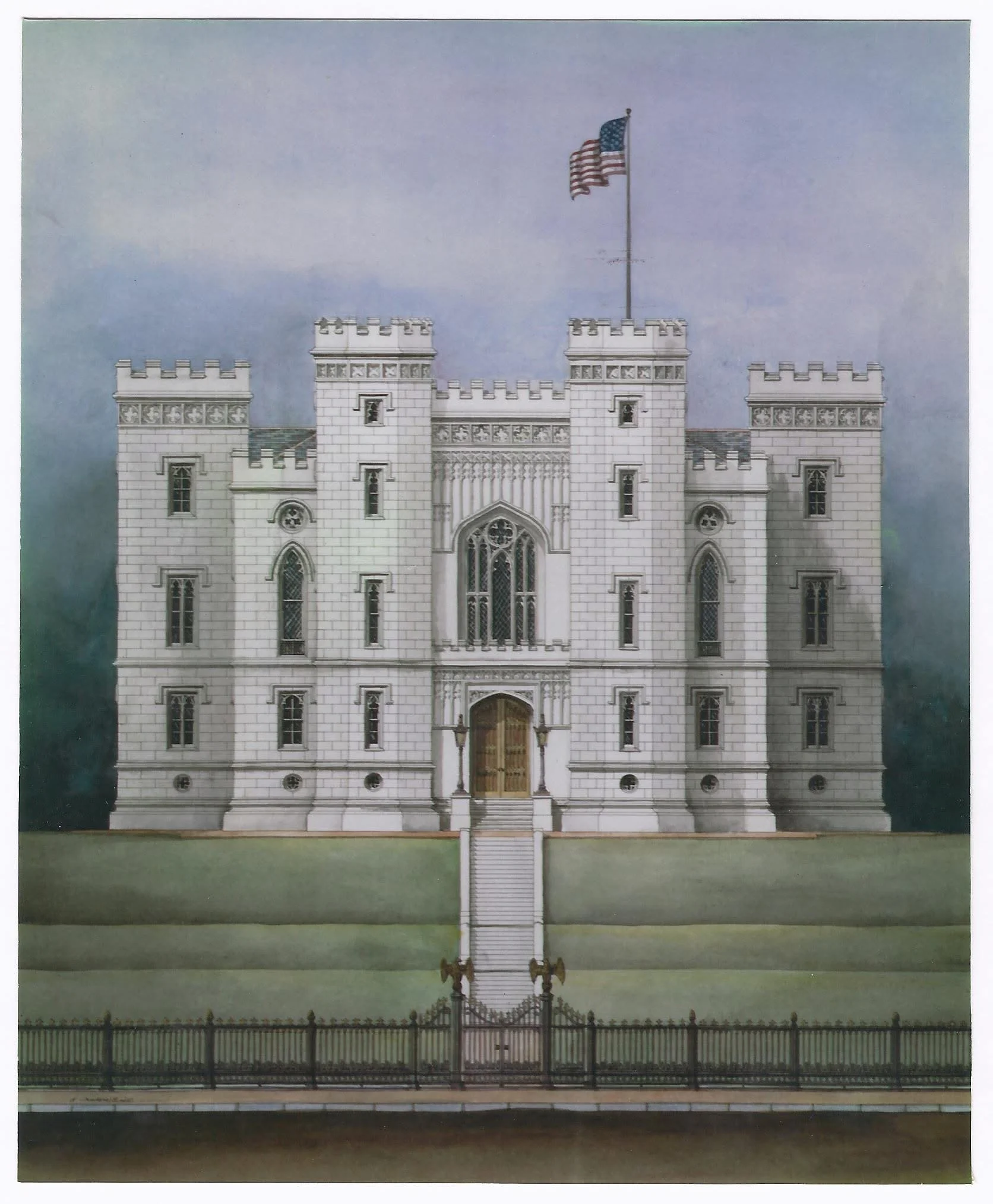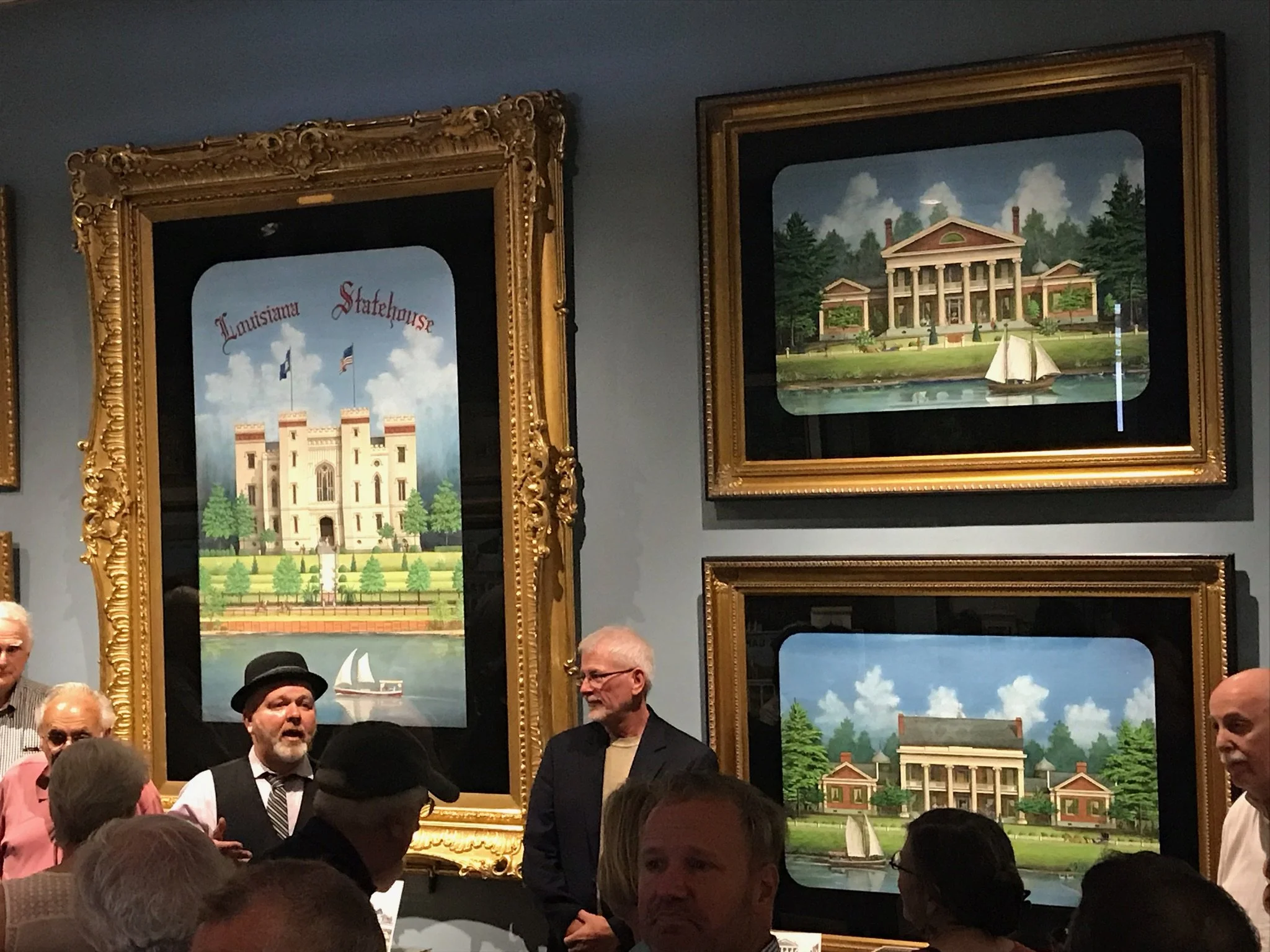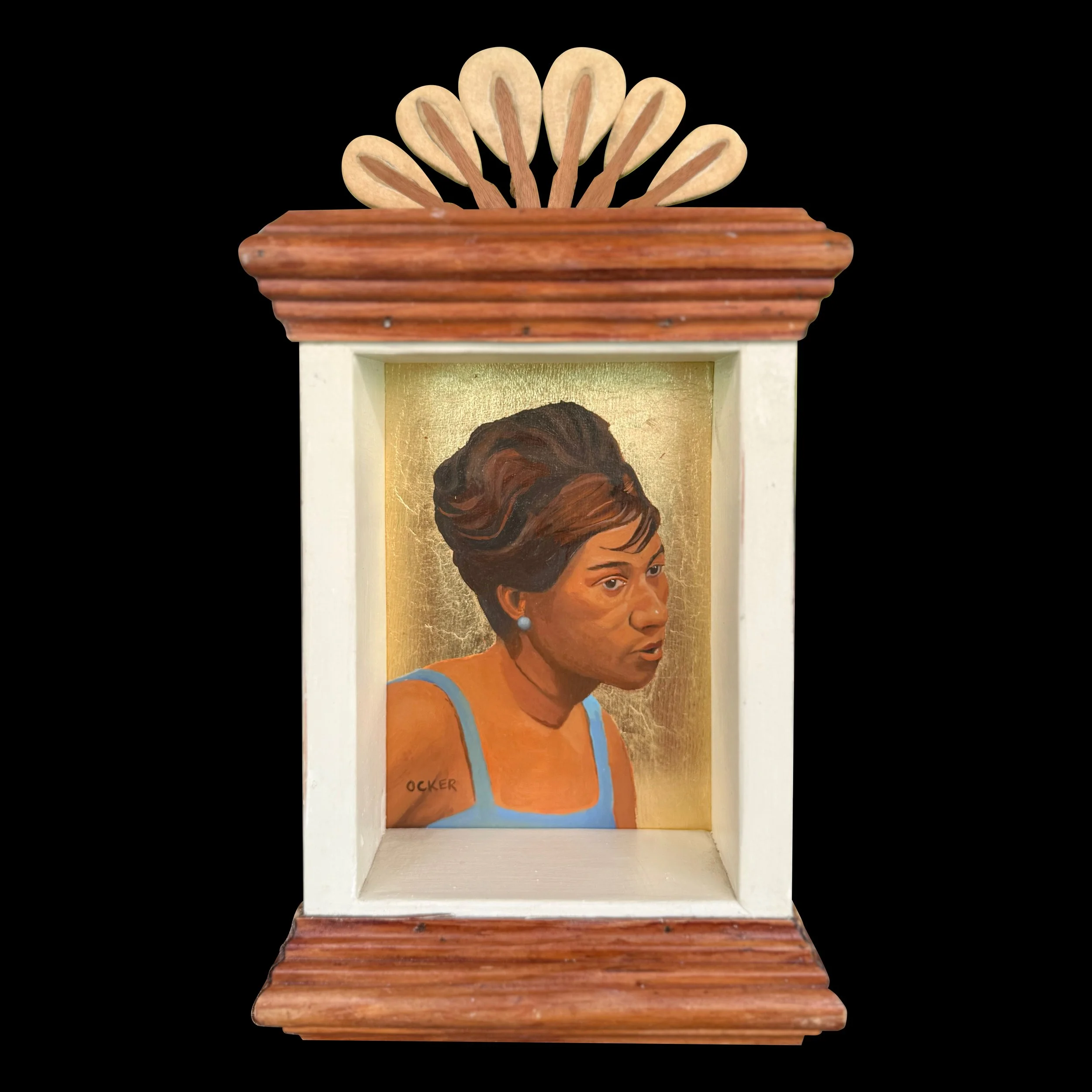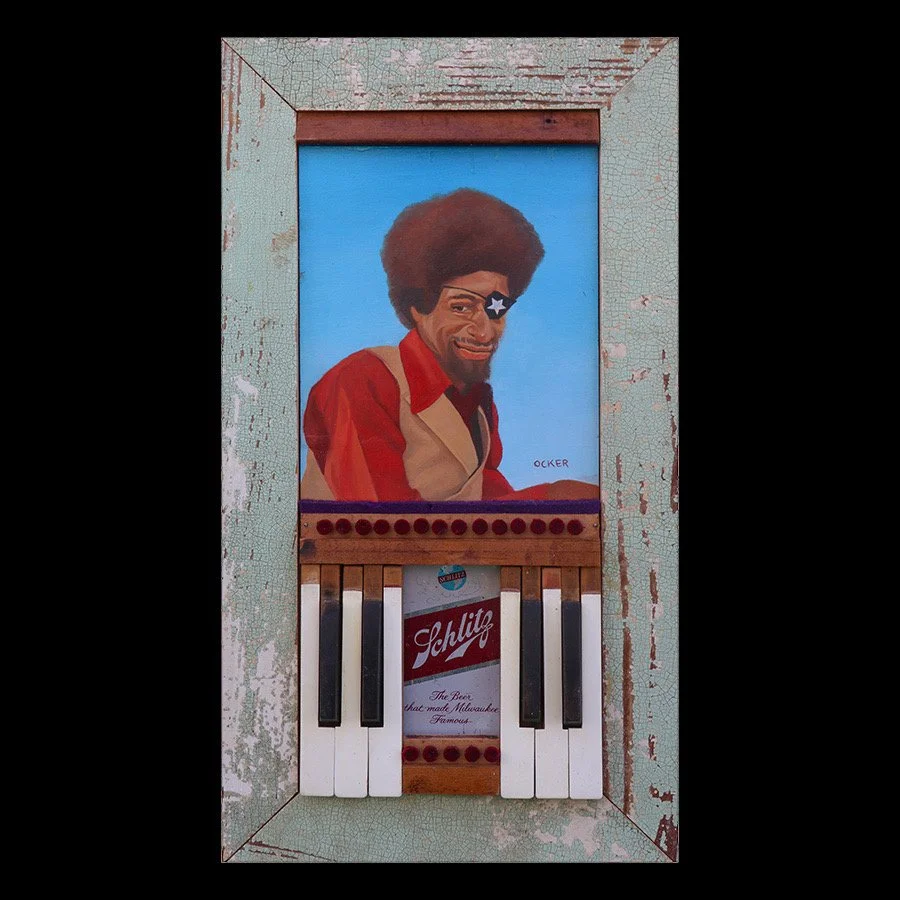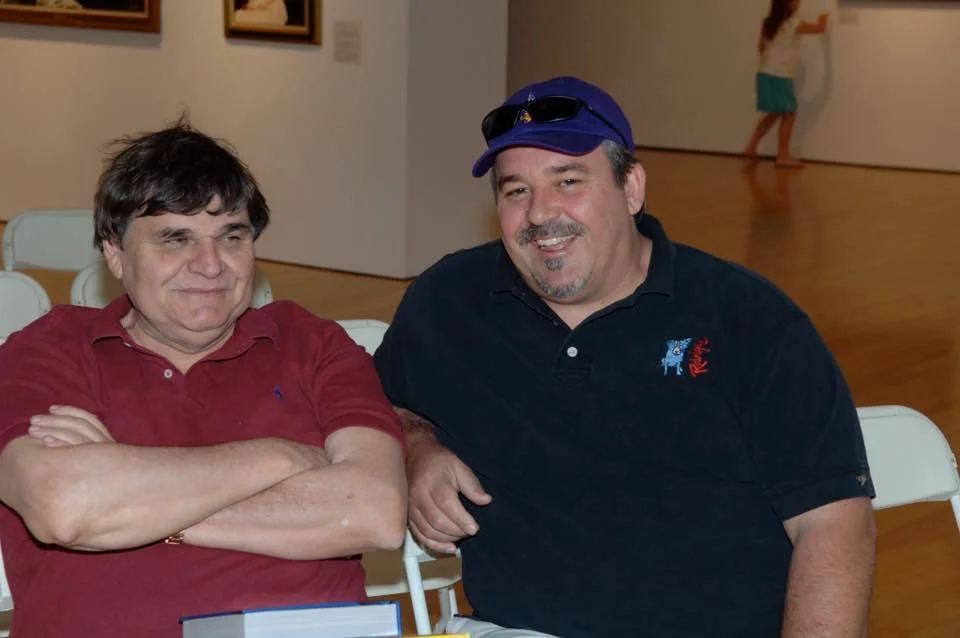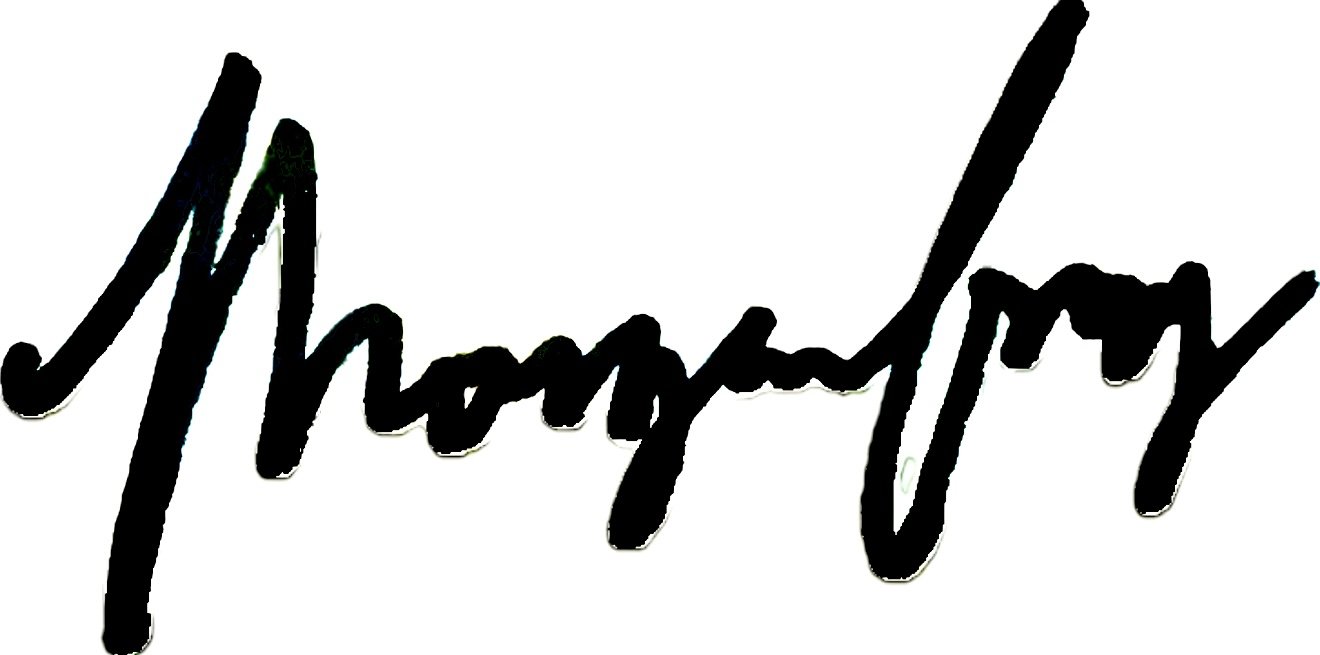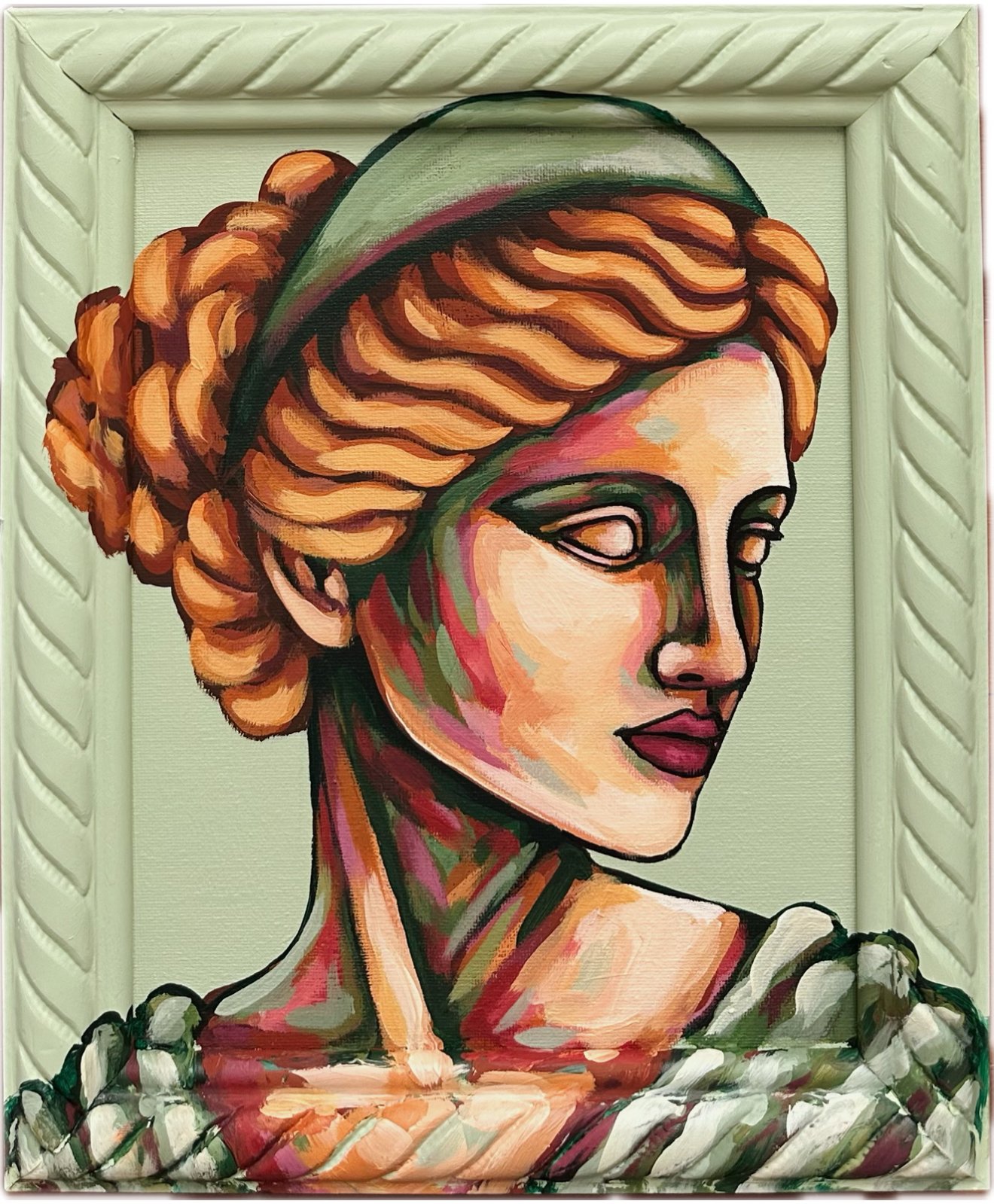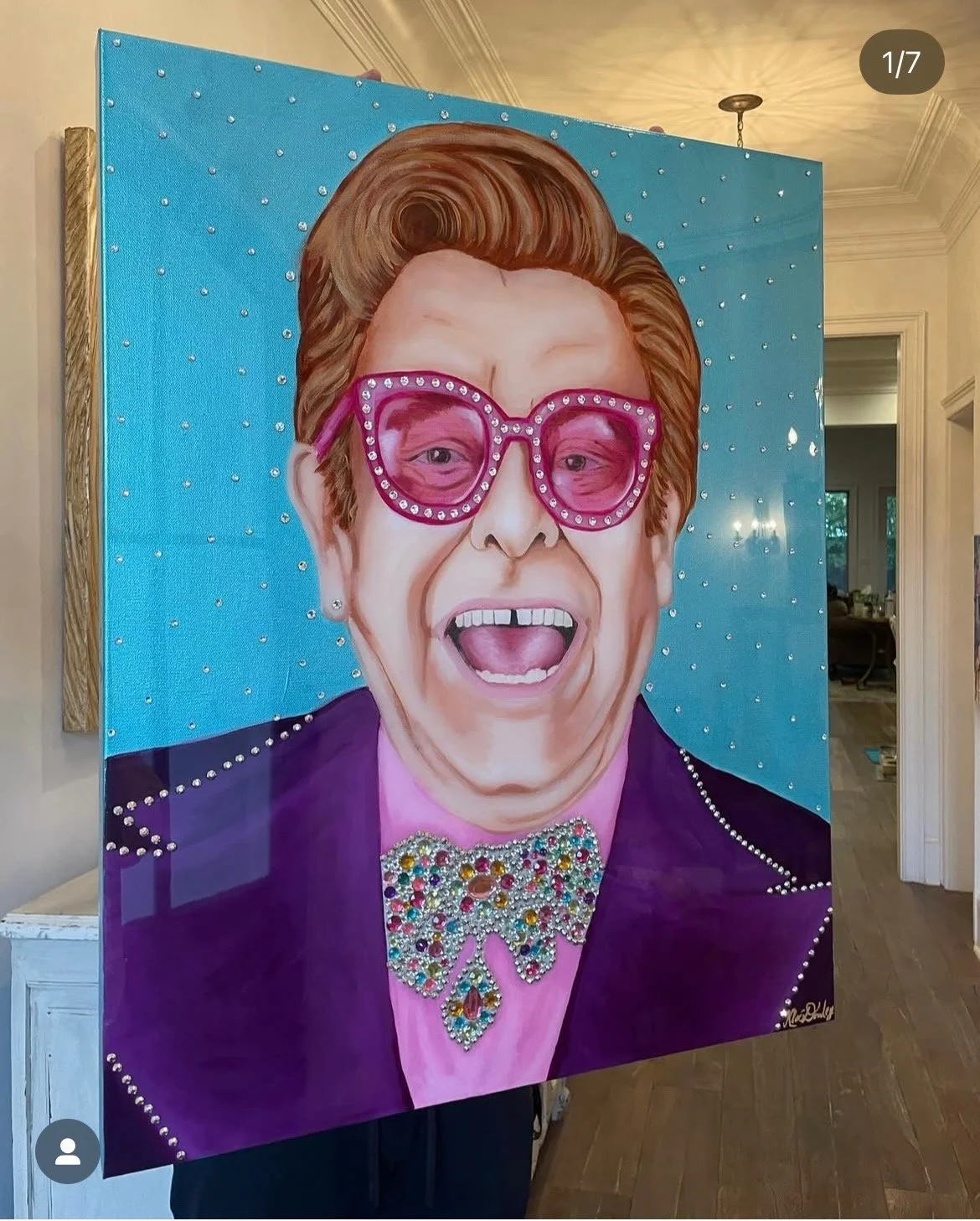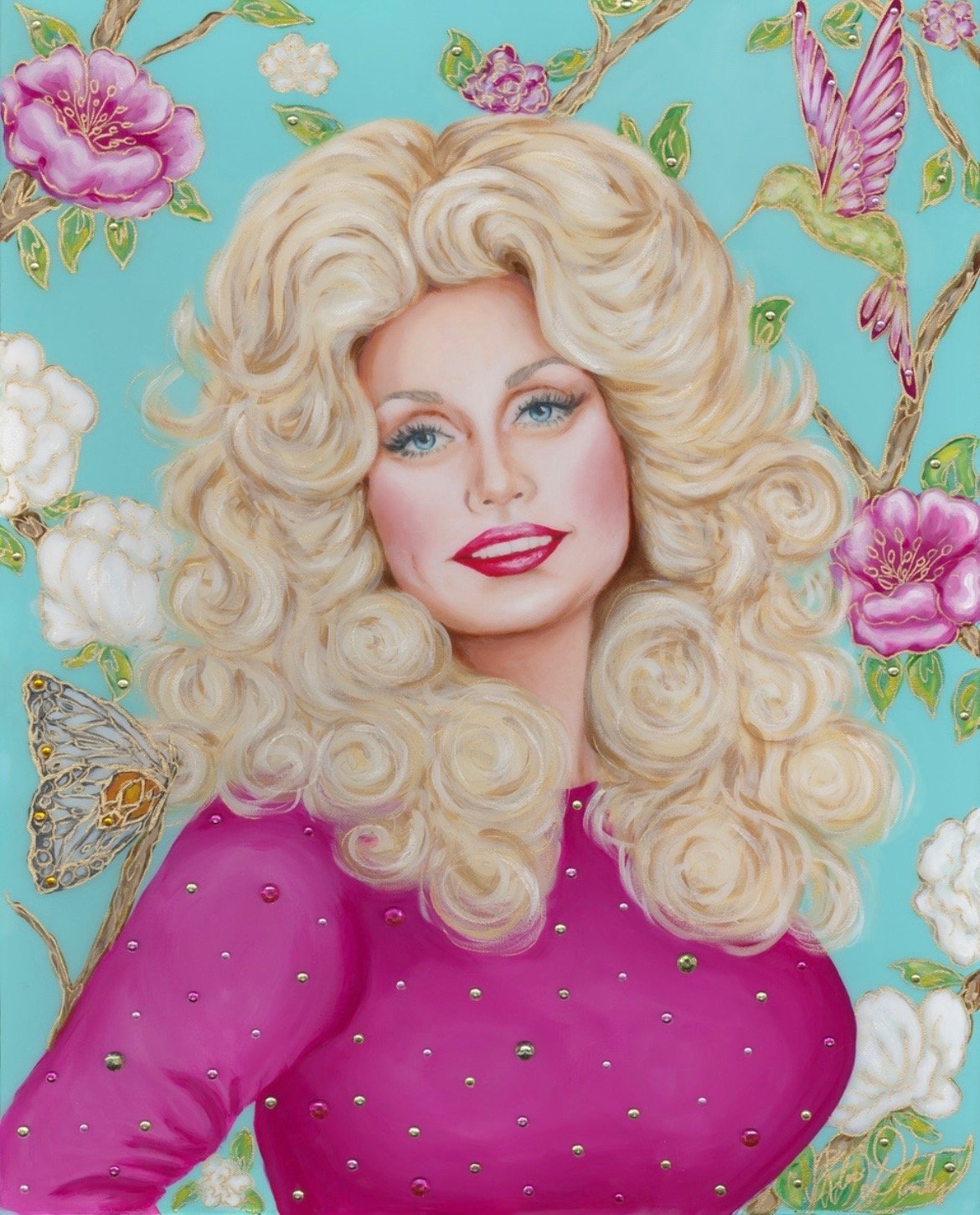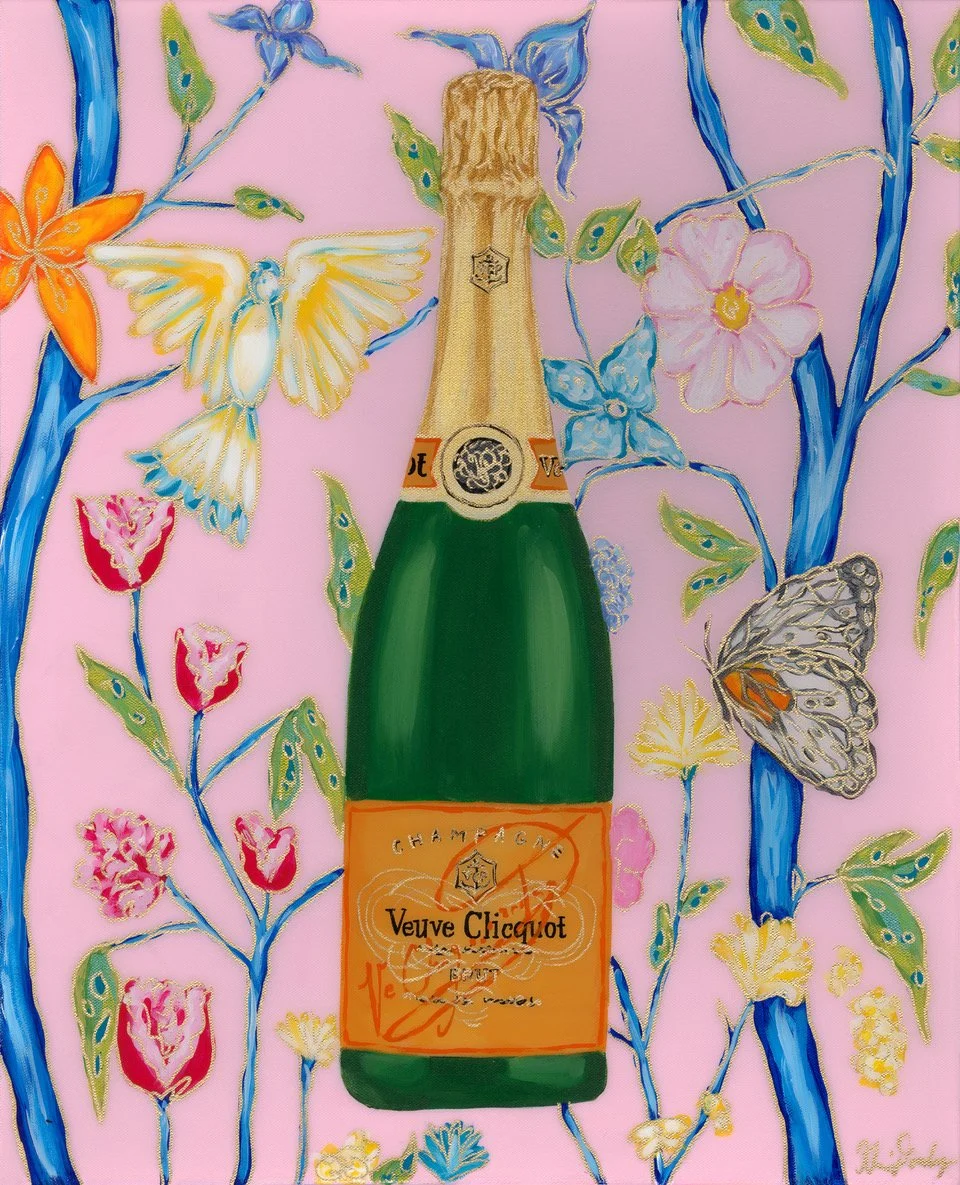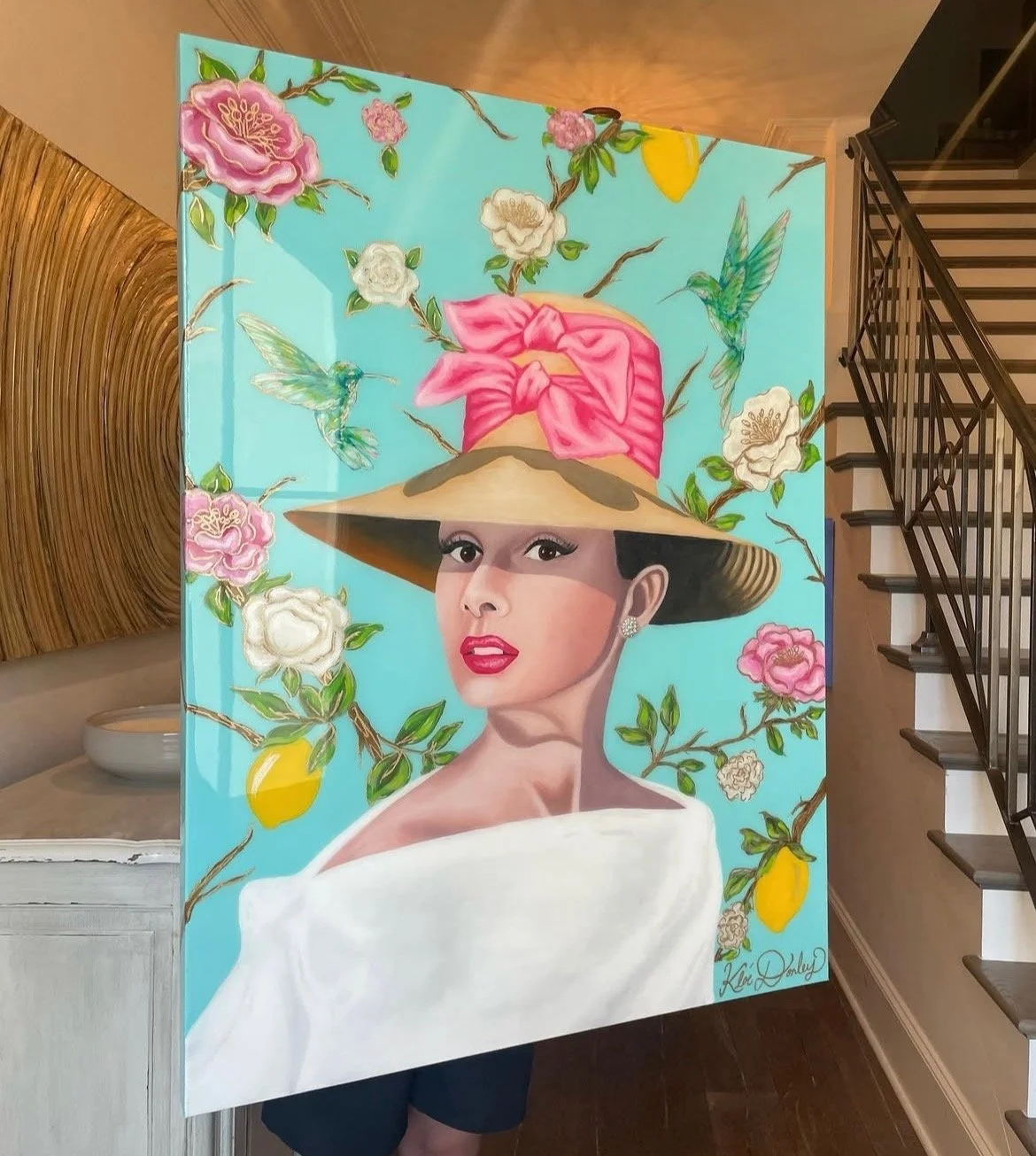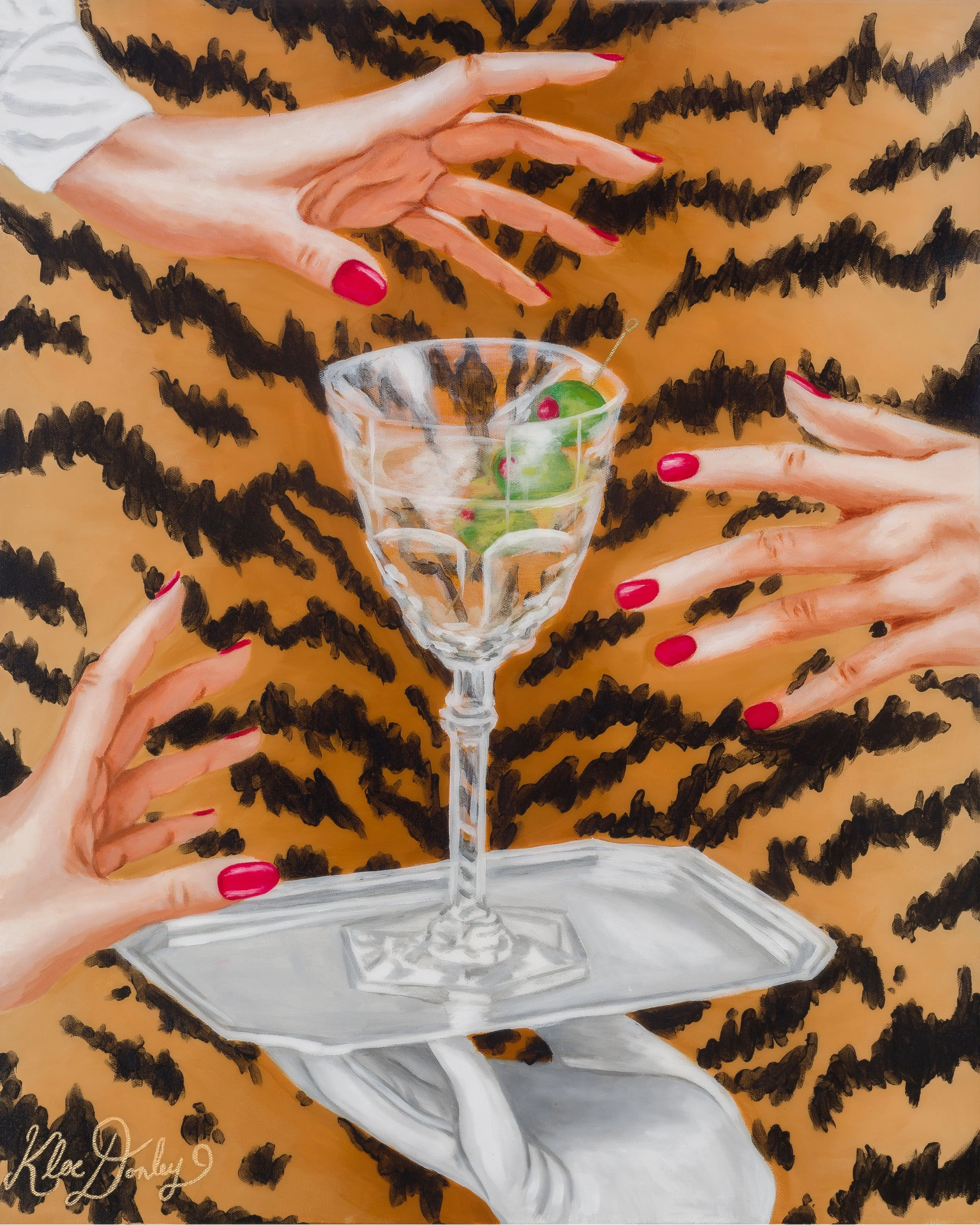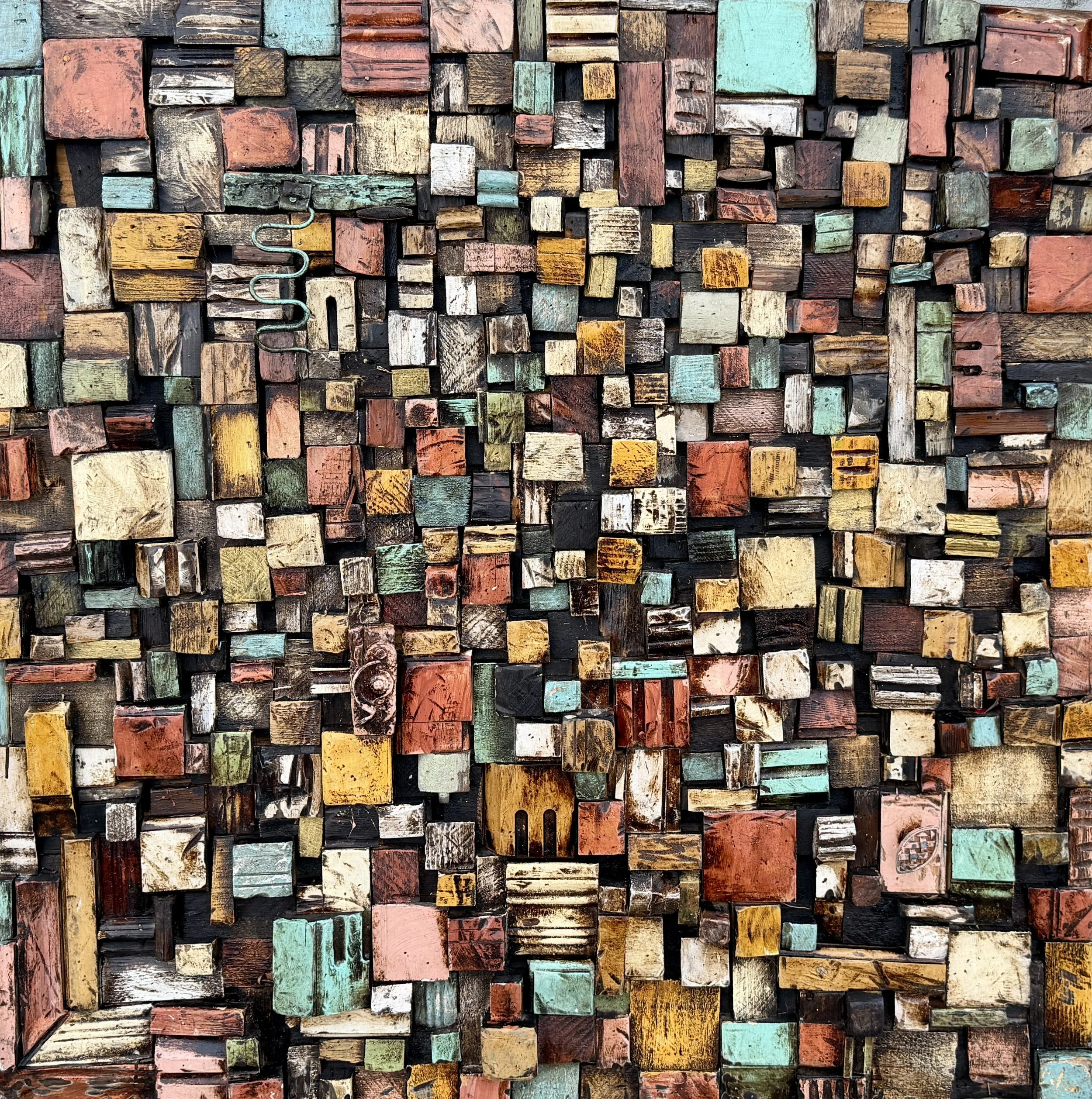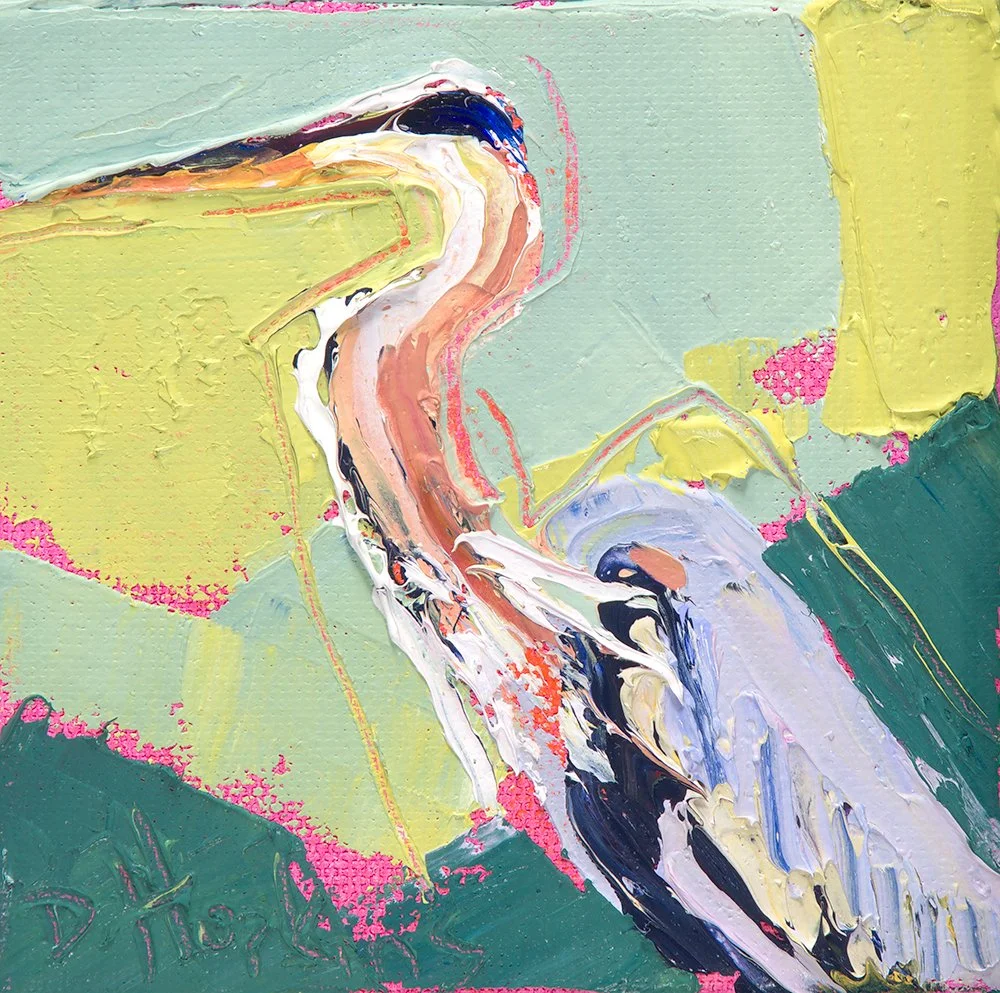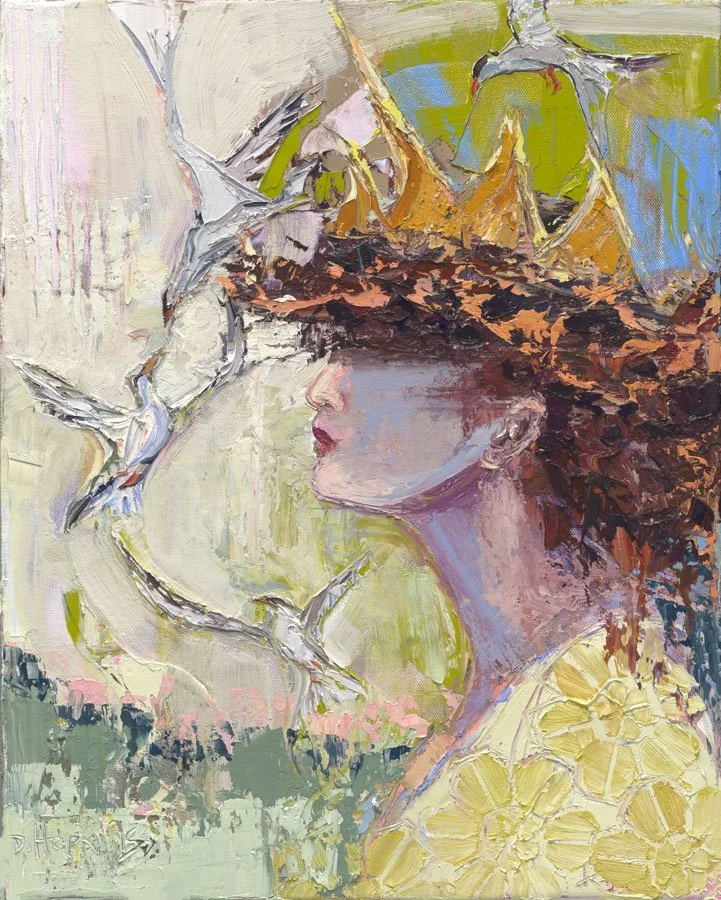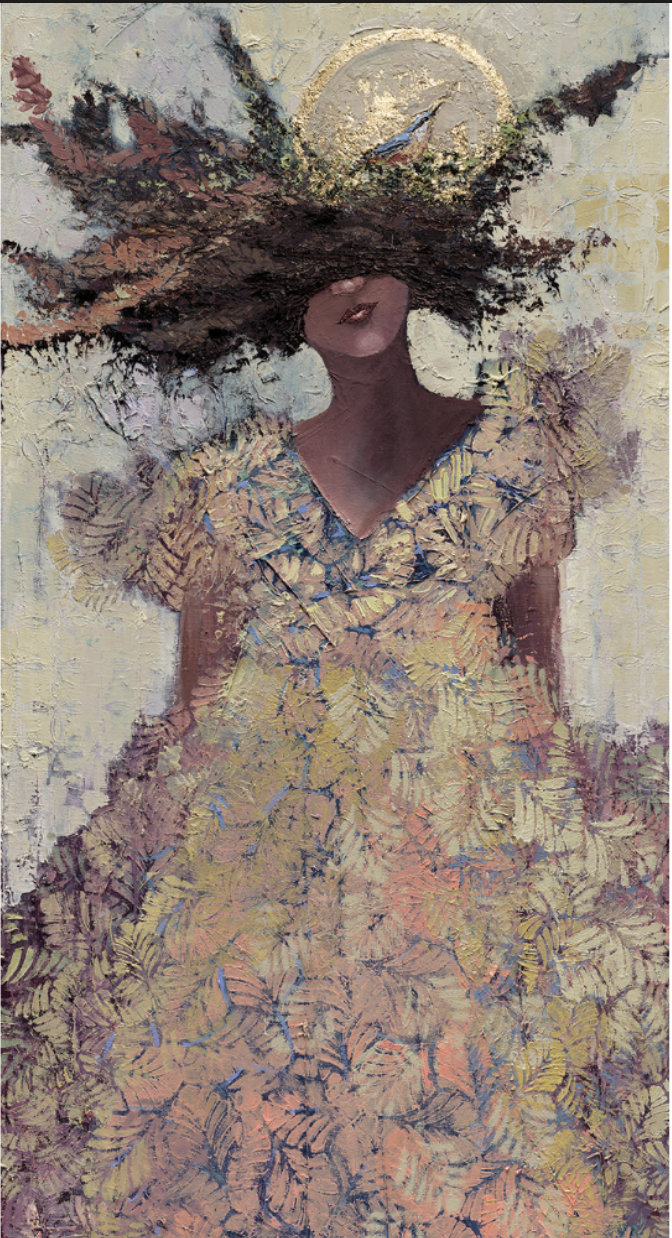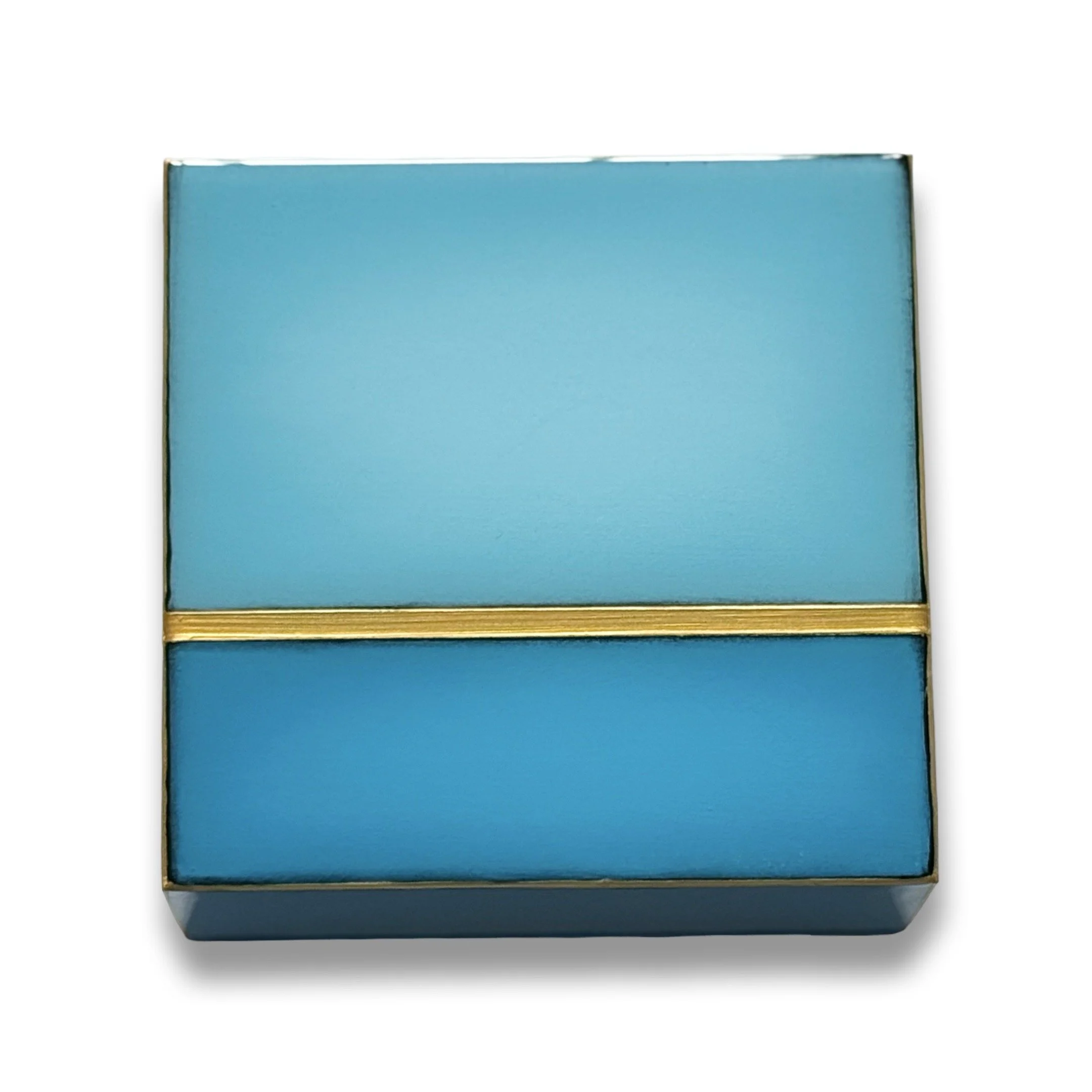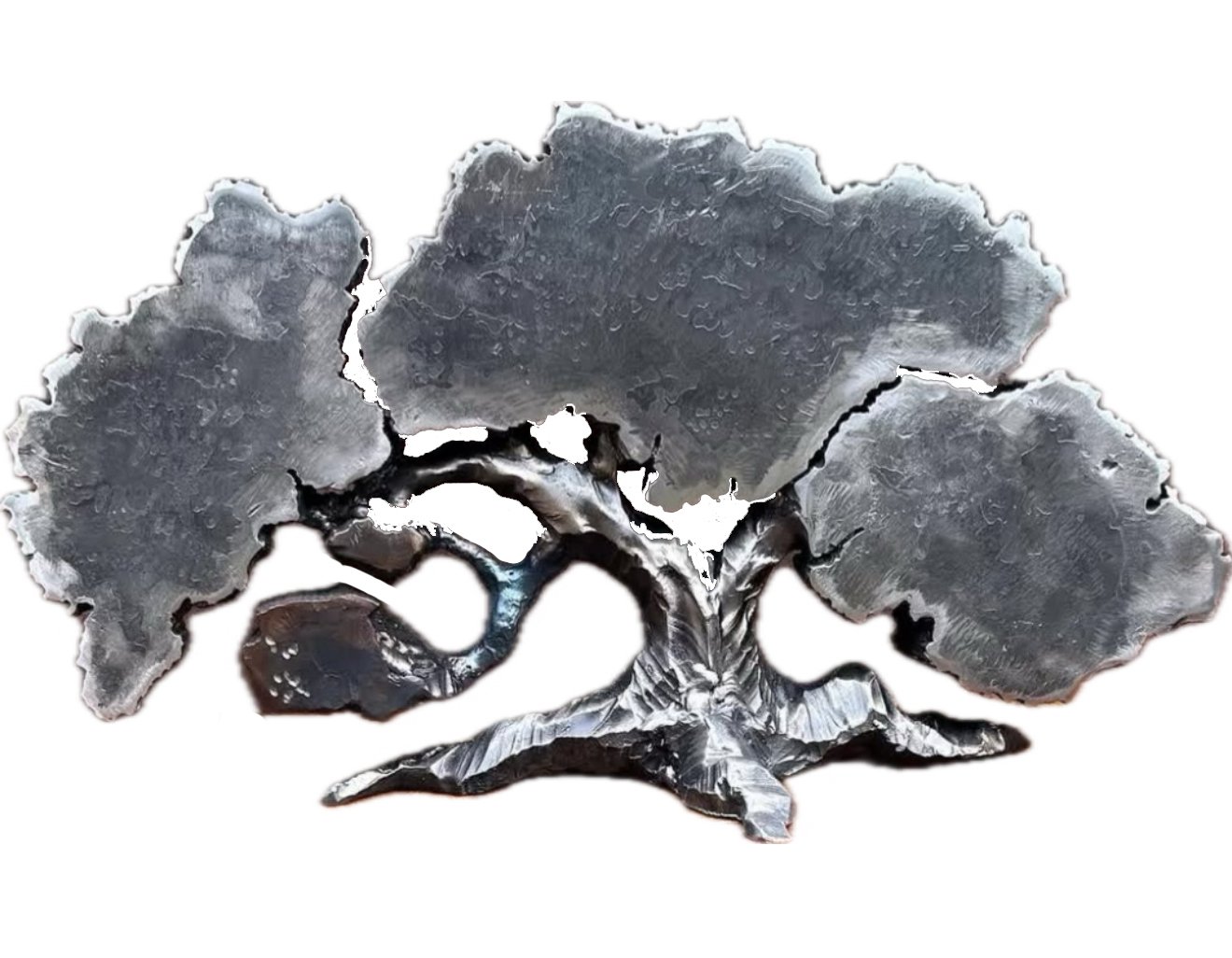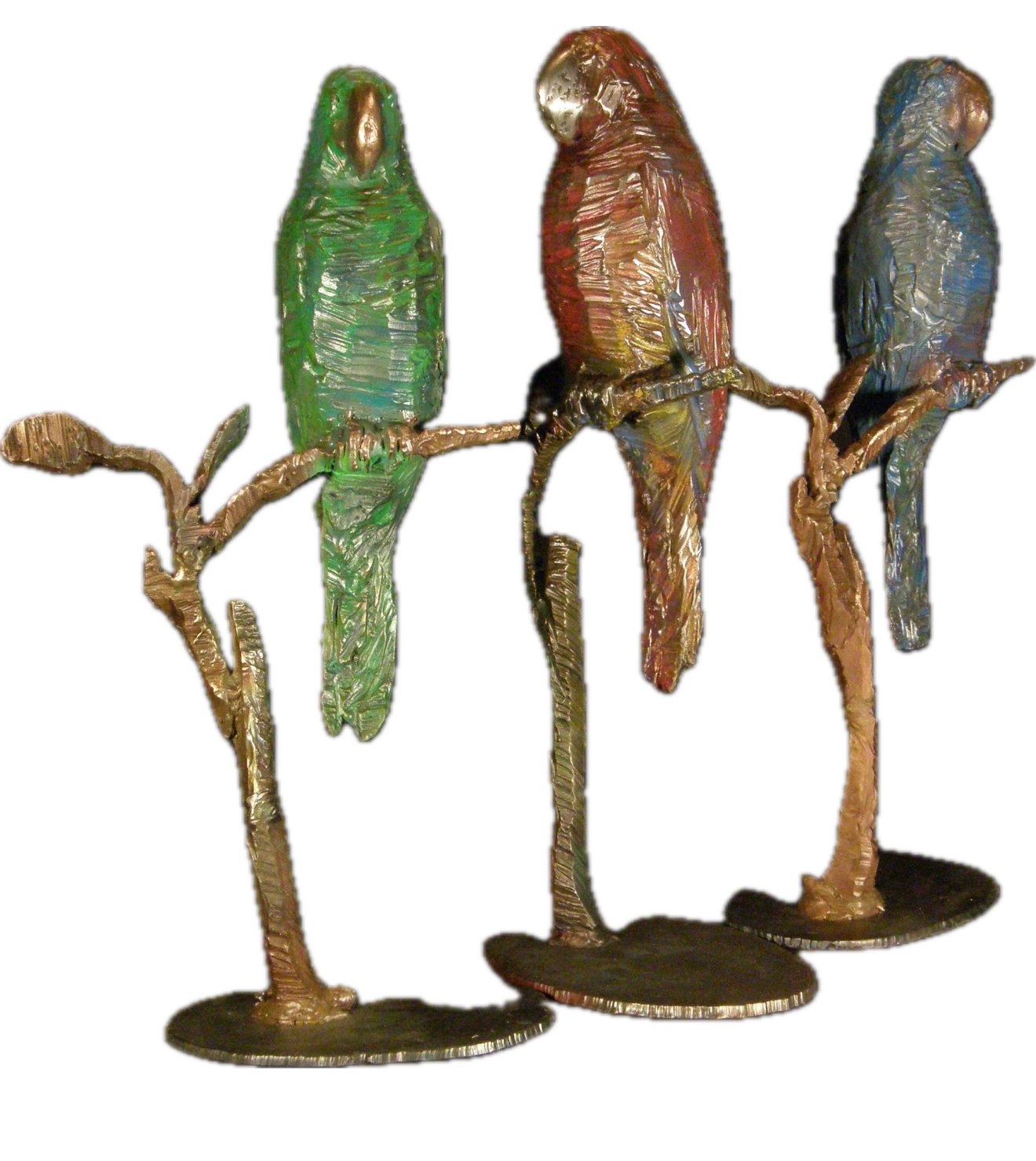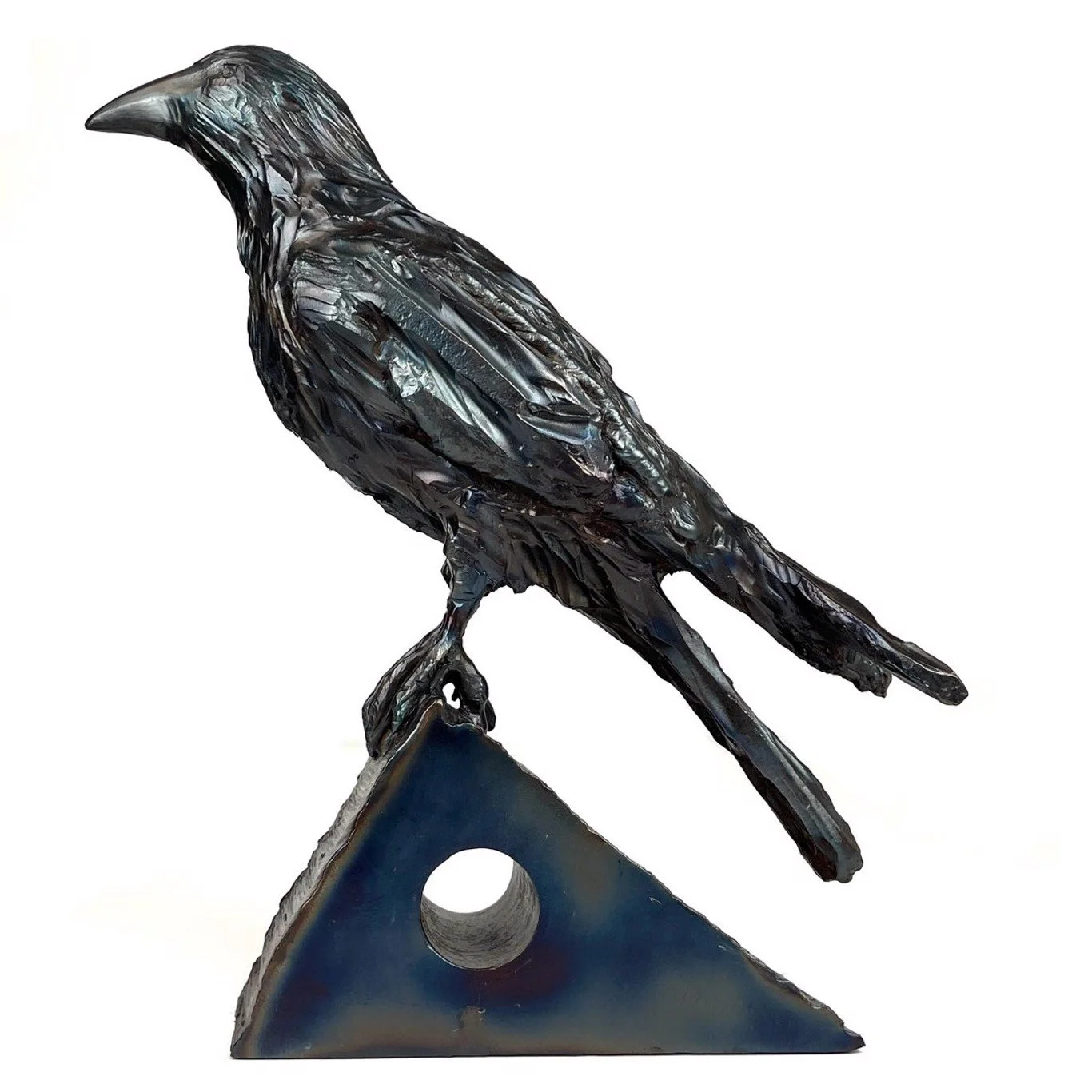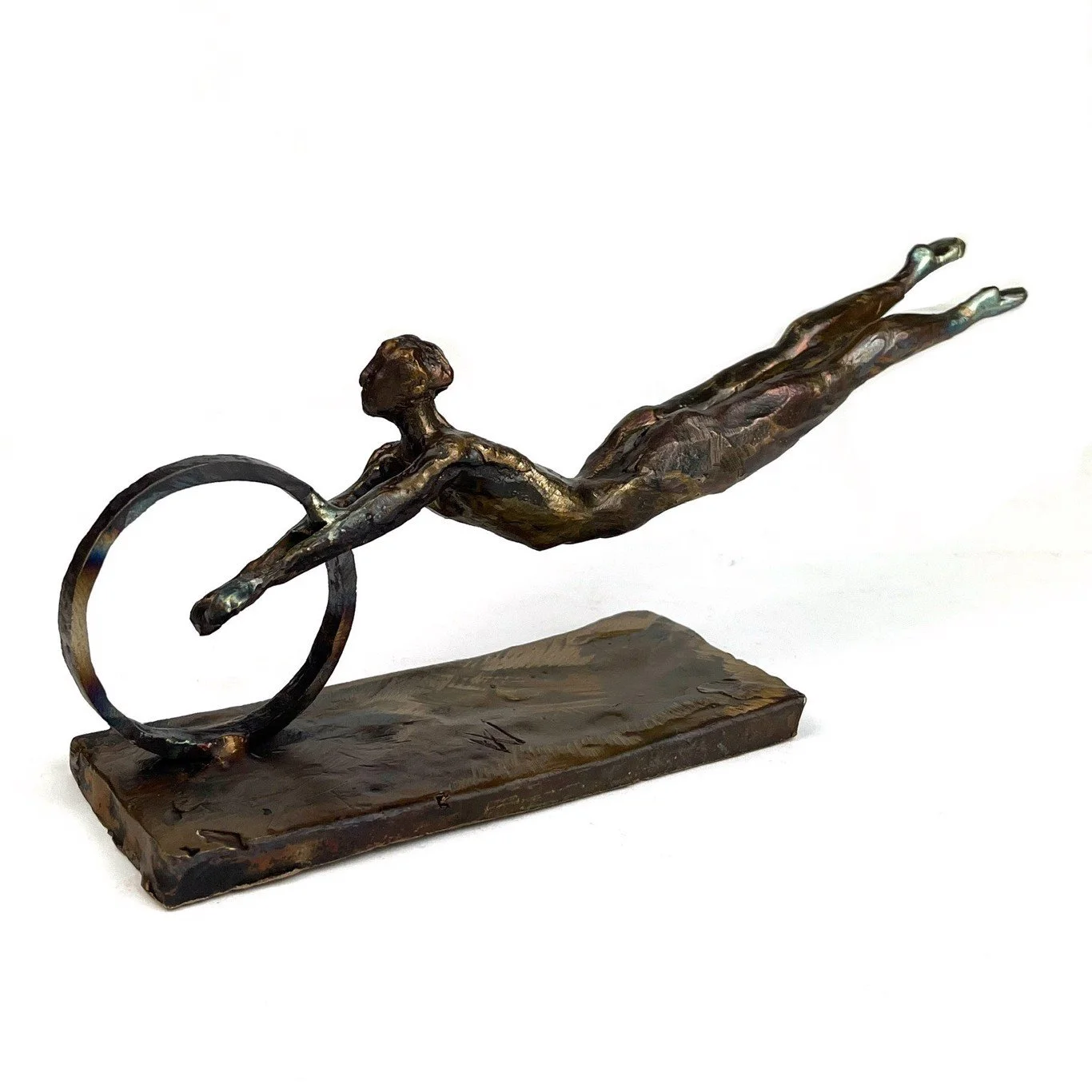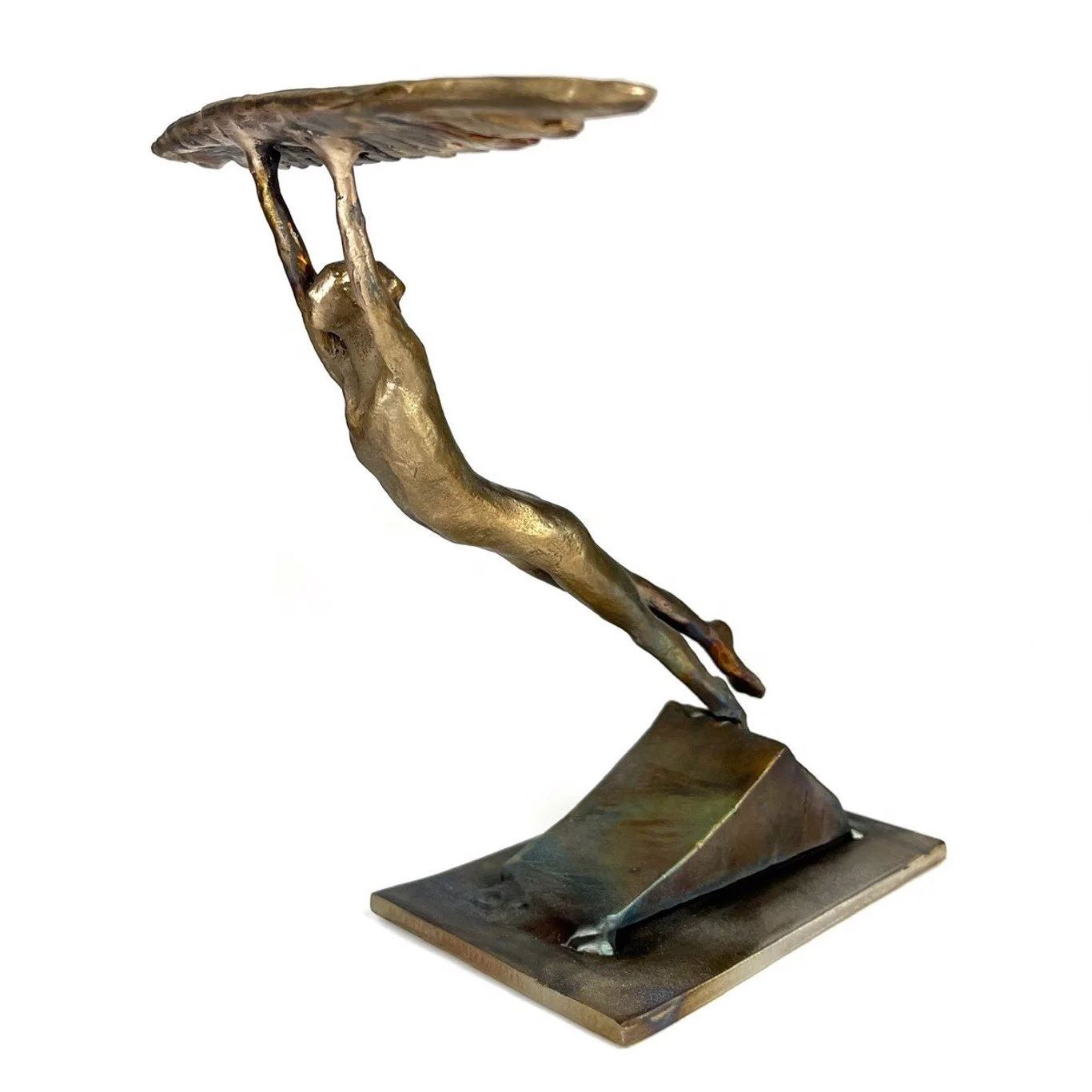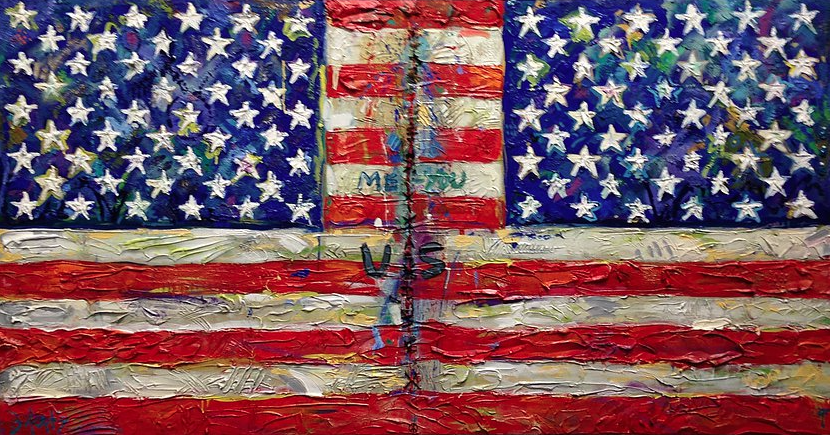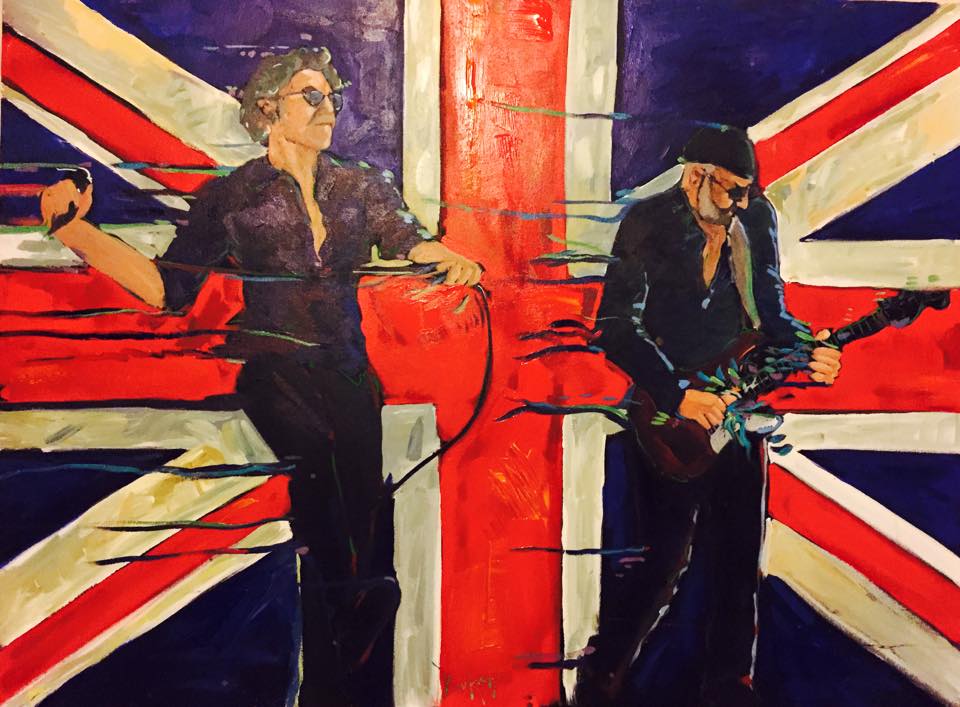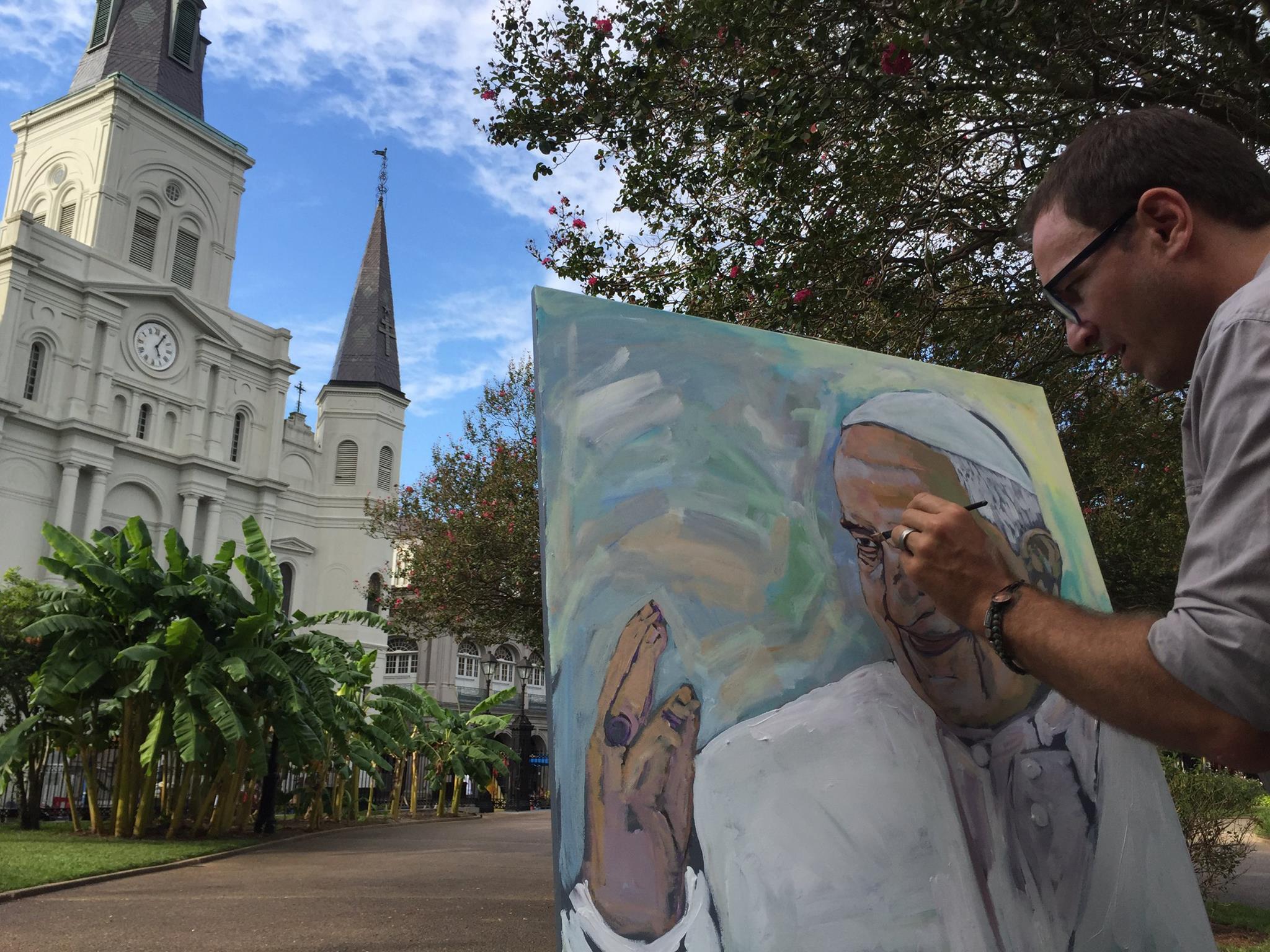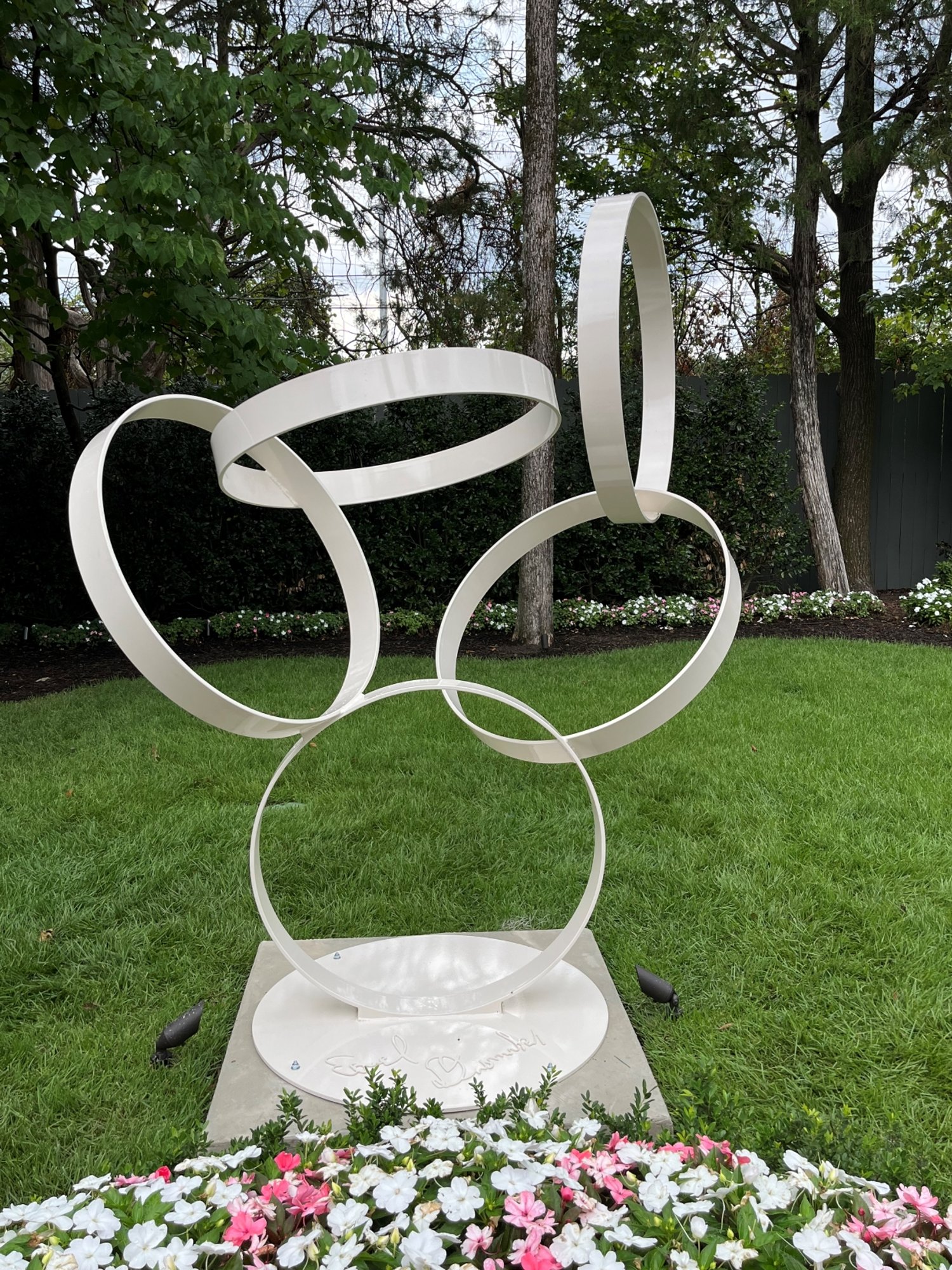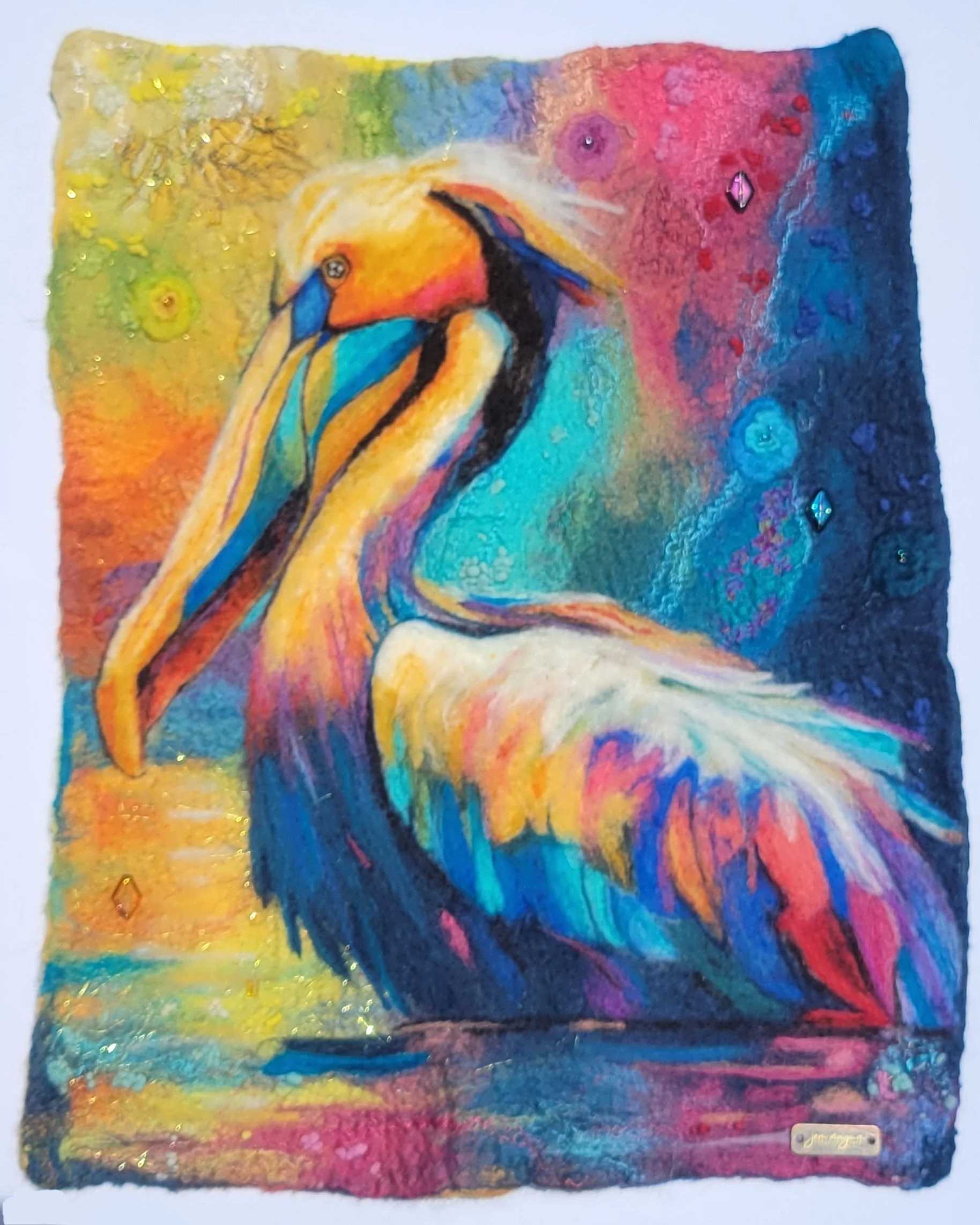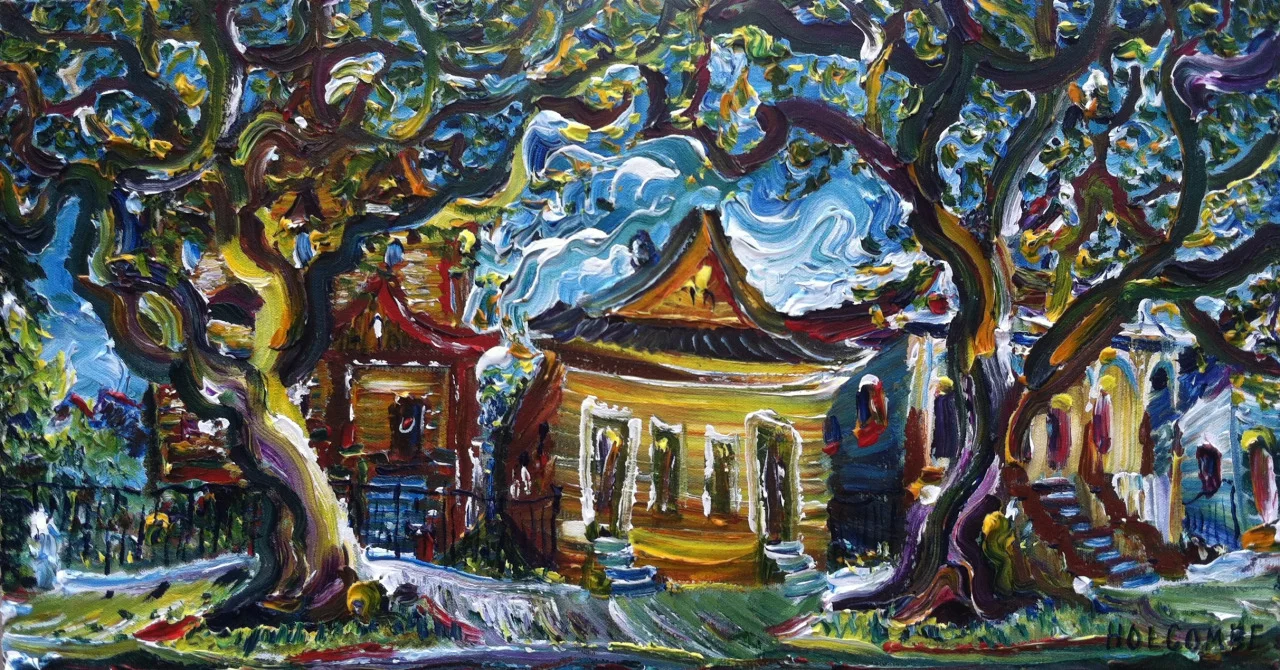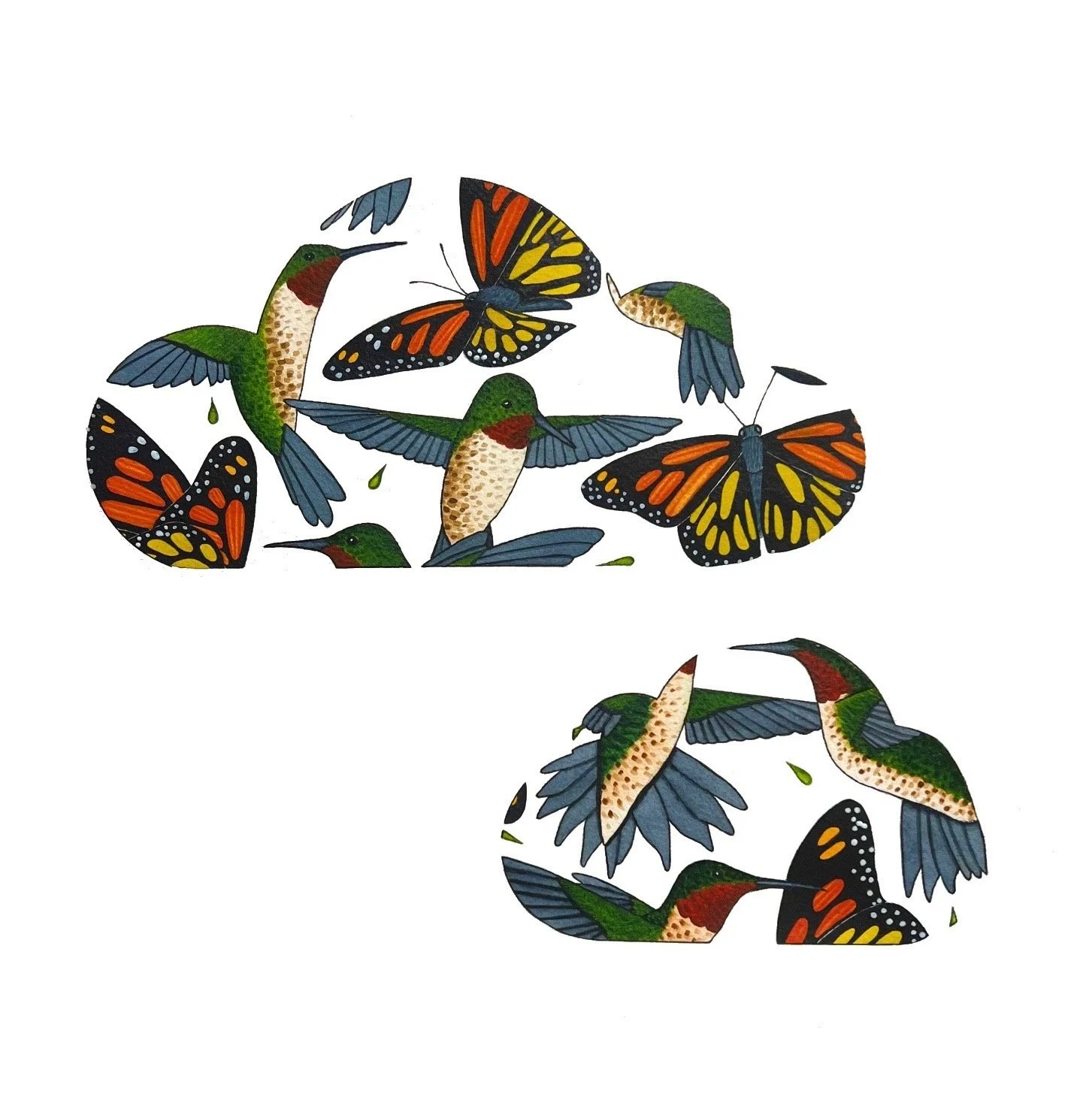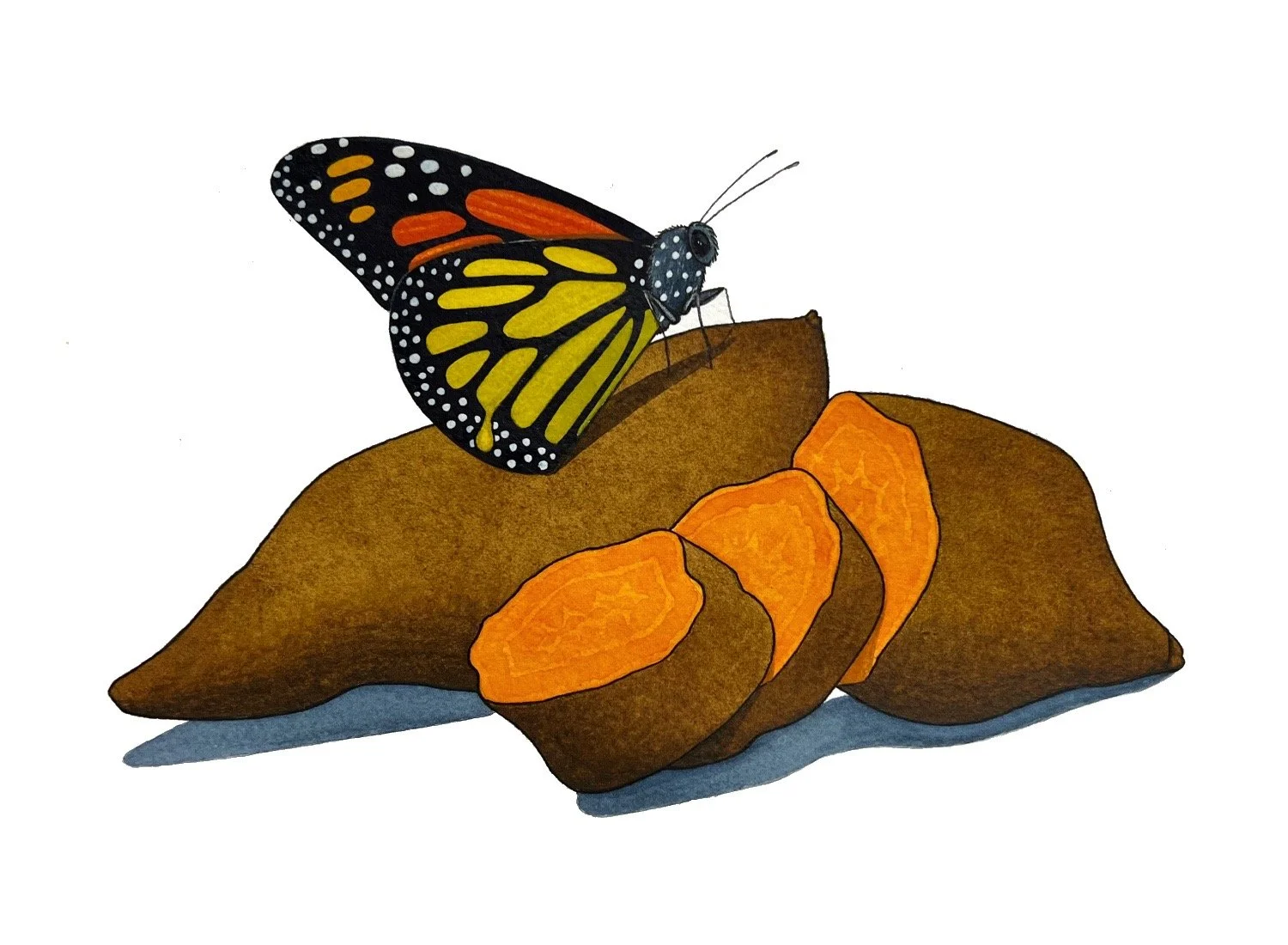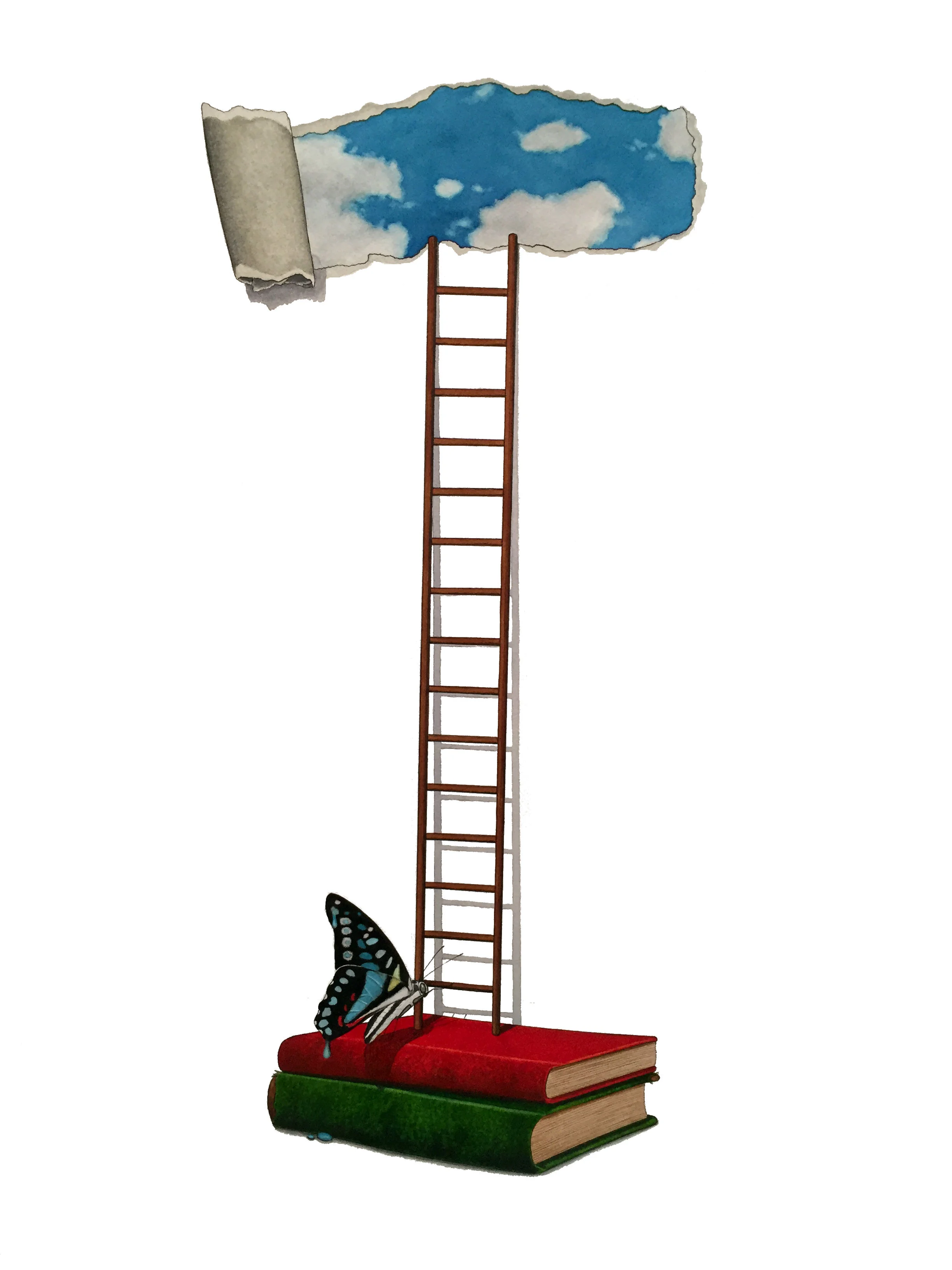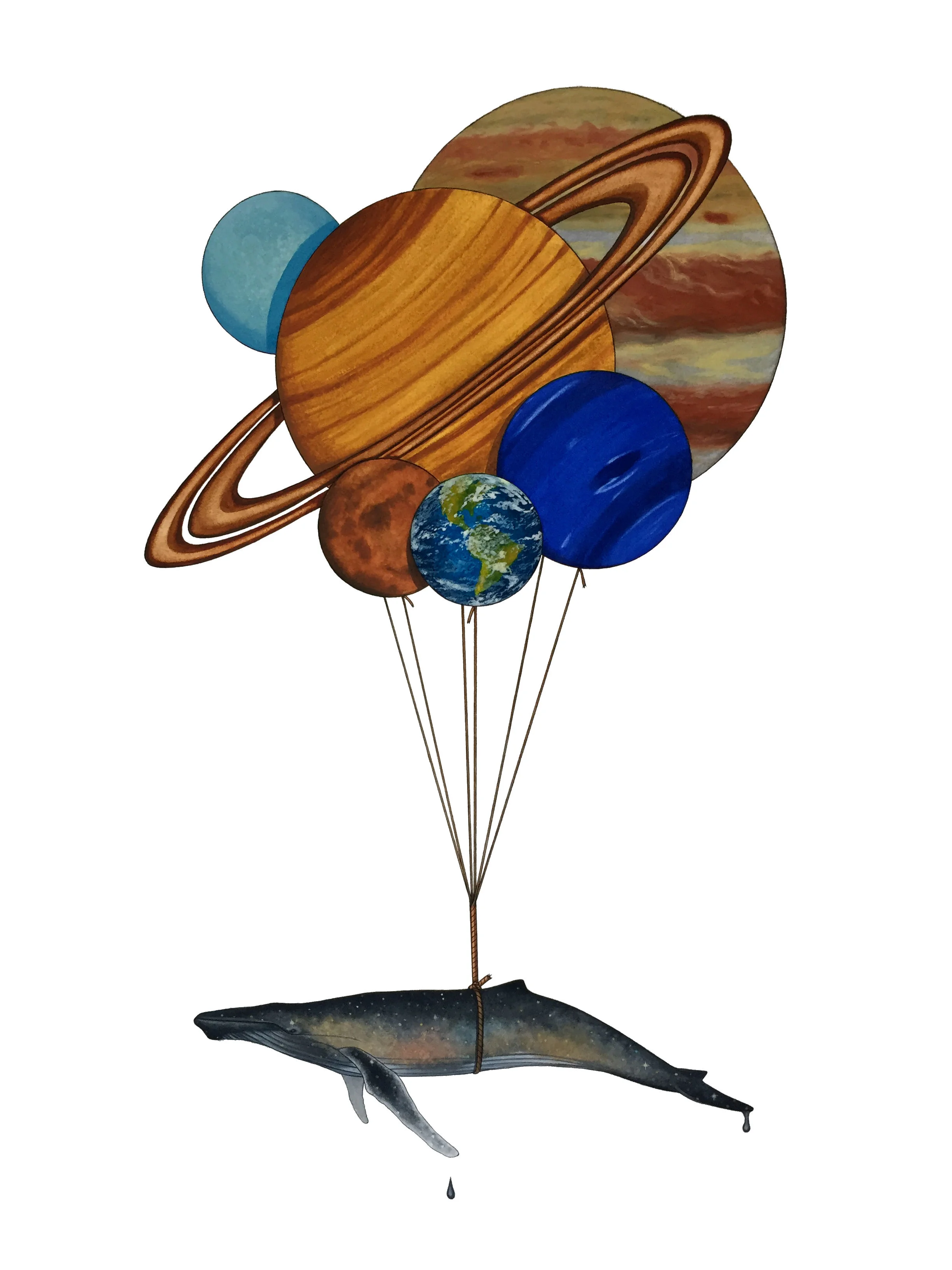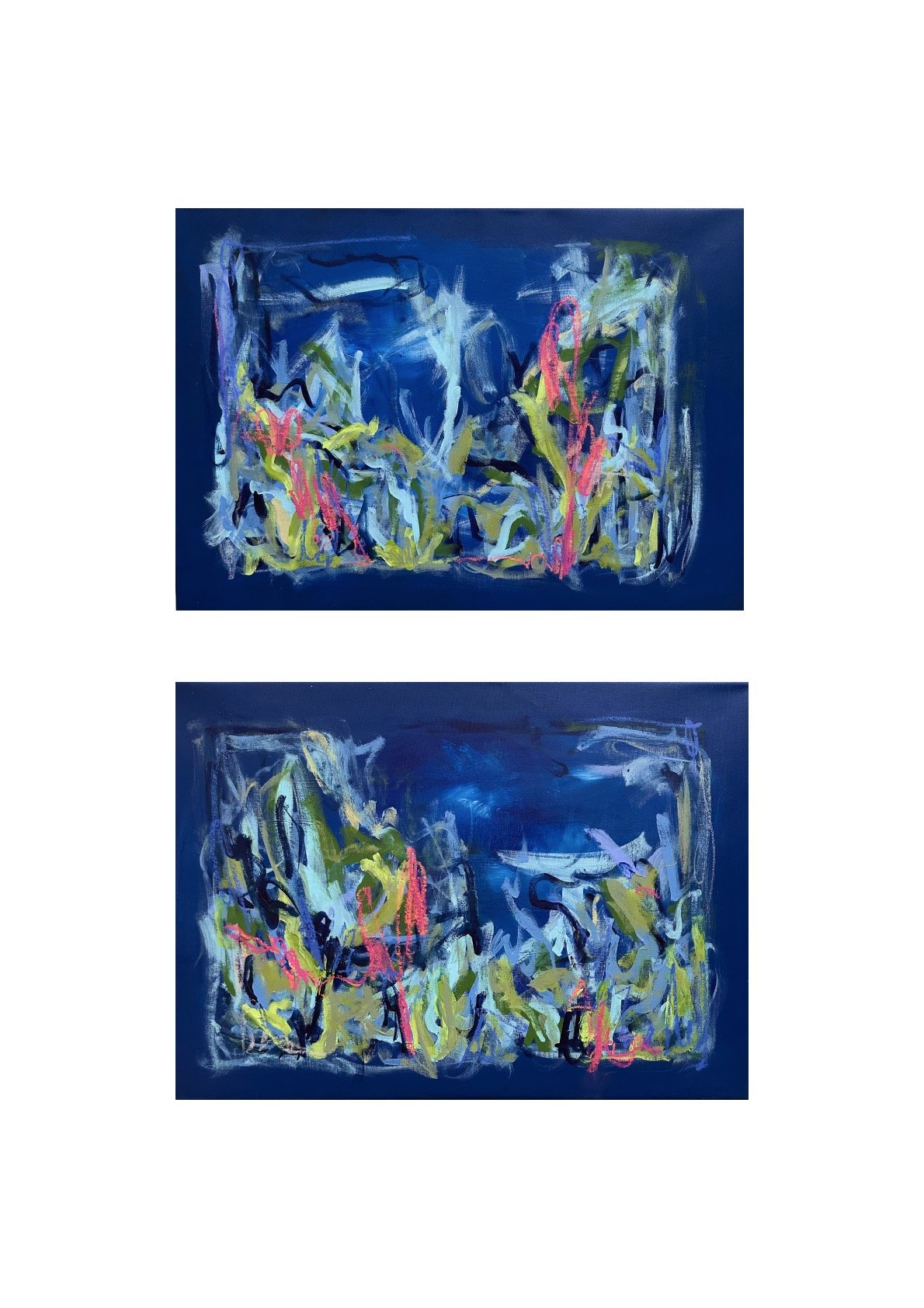Louisiana Cajun Artist, Tony Bernard was born and raised in the unique and culturally rich city of Lafayette, Louisiana. His appreciation for Cajun culture and cuisine, in addition to his love of Louisiana’s “Sportsman’s Paradise” is evident in the way he captures it on canvas.
Tony, even at a young age loved to doodle. As a teenager, he realized that he was not only good at drawing and painting but loved doing it.
Tony Bernard’s voice booms. When he talks about his two greatest passions- Louisiana culture and creating art, he can fill up the room with his words, like a church soloist who doesn’t need a microphone to be heard from the back pews. Despite his larger-than-life presence, during an interview at his studio on Johnston Street in Lafayette, Bernard projected much more humility and joy than your average artist.
He is not a tortured soul. His art is bright, cheerful, and happy, much like Bernard himself. But his journey did not begin in an art school, nor did he come from a traditional arts background.
Bernard got his start painting custom signs for two of the most prominent brands in Louisiana: Tabasco and Landry’s Seafood.
While working on a promotional hand painted billboard for Landry’s Seafood Restaurant that featured the Blue Dog, Bernard caught the eye of Louisiana’s most famous artist.
“You need to come work for me,” George Rodrigue said. The rest, as they say, is history.
Bernard became Rodrigue’s assistant and right-hand man for more than 25 years. His story and his emergence as a fine artist are inextricably tied to George Rodrigue, a man who was dubbed Louisiana’s Rousseau.
Tony started in commercial art in 1983. He gained recognition for winning first place in a national art contest, which published his work in a nationwide magazine for artist. He then moved into visual art in the early 90’s and in 1993, he began his working relationship with world renowned artist George Rodrigue. Tony’s relationship with George as mentor and friend was very instrumental in his growth as an artist.
Tony’s diversity in all mediums has been a passion from the start but acrylics on canvas is his favorite way to take the painting that he has created in his head and put it on canvas.Since beginning his professional career, Tony has been commissioned to produce original art work for over 30 posters for local and regional festivals and he also produced the official Posters for Schaeffer Crawfish Boil in Birmingham, AL, the Washington, D.C. Mardi Gras in 2015 & the 2017 Gator by the Bay in San Diego, CA. He has produced art for professional athletic teams, SEC and Sun Belt sporting events. He has painted wildlife pieces that won him the Louisiana Duck Stamp in 2007-08 and 2014-15.
Portrait artist is another title that Tony wears. Tony was commissioned to paint the Official portrait of the Governor that hangs in the Governor’s Mansion for the State of Louisiana. Tony was also commissioned to paint American Country Music artist Hunter Hayes.
In 2015, a long-time dream of Tony’s happened as he opened his first gallery. Initially, it was opened with Grammy Award Winner, Wayne Toups (Toups Bernard Musical Brushes) in Lafayette, Louisiana.
After a year, the space became too small for both artist, so Tony went solo and renamed the gallery, Bernard Studio & Gallery.
Tony was approached by Bed, Bath and Beyond and they are using Tony’s artwork on various products, including Tumblers, Garden Flags, Glass Cutting Boards and many more products.
Today, you can find Tony at his gallery, where he paints in the company of his wife, Roxie, who runs the gallery and they get to meet and visit with his collectors and friends.
Bernard was recently featured as the featured Artist for the State of Louisiana “I Voted Sticker,” This year’s sticker is the first to feature his own artwork, and his beautiful interpretation of the Louisiana State Seal speaks for itself as well. Bernard remains gracious and deferential to Rodrigue.
The Louisiana Secretary of State’s Press Secetary Tyler Brey said about Bernard “It is a tremendous honor to be selected, as an artist, to paint this work, and Bernard was chosen to succeed Rodrigue’s wildly popular Blue Dog sticker, and in many ways Bernard is a successor to Rodrigue.” Secretary of State Ardoin had seen Bernard’s work at the Breaux Bridge Crawfish Festival, where he painted the event’s popular signature prints for the last nine years. Bernard saw this as an opportunity to give back to the State that has given him so much, “This was my gift to the people of Louisiana, I donated this artwork because I felt like it was my duty as a citizen of Louisiana,” Bernard said.
Bernard paints a more colorful and whimsical Louisiana bayou and oaks scene than Rodrigue, and his pieces feature inconspicuous Louisiana iconography. Bernard’s work is uniquely his own, and uniquely Louisiana. Bernard’s art speaks the language of Louisiana, and he is fluent in Louisiana symbolism. It is the background and subject for almost all of his work. Sprawling landscapes focus on the natural beauty and iconic symbols of Louisiana- from oaks, bayous, and cypress trees to pelicans, crawfish, music, and musicians. His portraits feature many of Louisiana’s native sons and daughters, and one even hangs in the Louisiana Governor’s Mansion.
This year’s sticker is an excellent example of Bernard’s work: layers of Louisiana imagery, including a pelican, cypress trees, the fleur de lis, and the phrases “Pelican State,” “Feed your soul,” “Sportsman’s Paradise,” and “1812.” Hidden in the piece are also other messages of positivity like “Love” and “Love One Another.”
The piece is Bernard’s take on the Louisiana State Seal, incorporating bright, pop art colors mixed with the familiar Louisiana blue and gold of the official seal. The pelican in the piece, known as “King George,” has become Bernard’s most recognizable and important subject.
The story of the Pelican with the crown and how it came to be known as “King George,” like many great Louisiana political stories, begins at D.C. Mardi Gras. And like many great Louisiana political stories, it has been widely misreported.
Bernard had been selected to create the official print for D.C. Mardi Gras in 2015, and he wanted to create something unique for the doubloons that adorned the majority of the work. He decided to paint a pelican with a crown.
“This image of the King Pelican is pretty striking,” he told his wife. “We need to come up with a name for it.” As he searched for a name, nothing stuck until he came across a photo he had of George Rodrigue at the Washington Hilton. Rodrigue had been getting dressed for D.C. Mardi Gras, sporting a Blue Dog t-shirt and a crown, preparing to put on his full Mardi Gras regalia. But Bernard insists he didn’t name the pelican after Rodrigue; he’d simply felt naming the name “King George” fit the character of the pelican.
Tony Bernard is now a prominent force in the arts community of Acadiana, but his reach far exceeds his Southwest Louisiana roots. He has been called the “Louisiana Festival Poster King,” having been commissioned to create more than thirty prints for events across Louisiana and across the country, from San Diego to St. Mary Parish.
We buy and sell original works by Tony Bernard, for more information please contact us.
(For More Information, or to purchase prints, visit: http://www.bernardstudio.com/)
